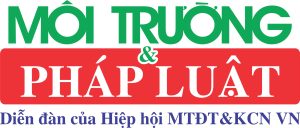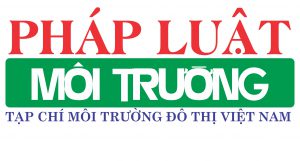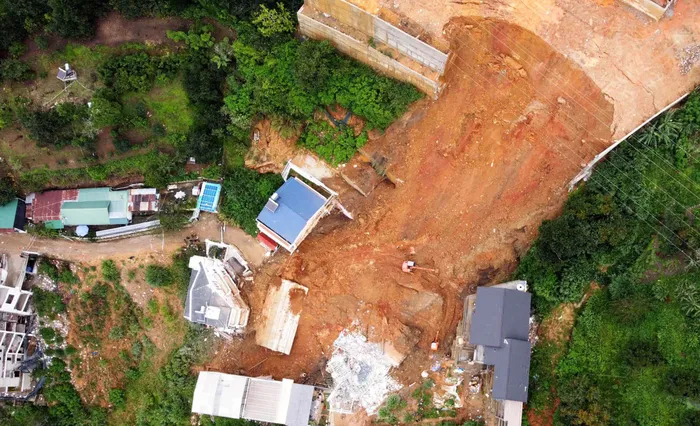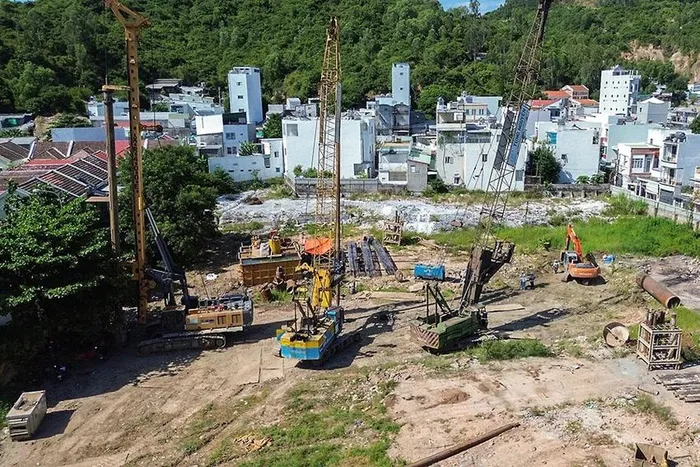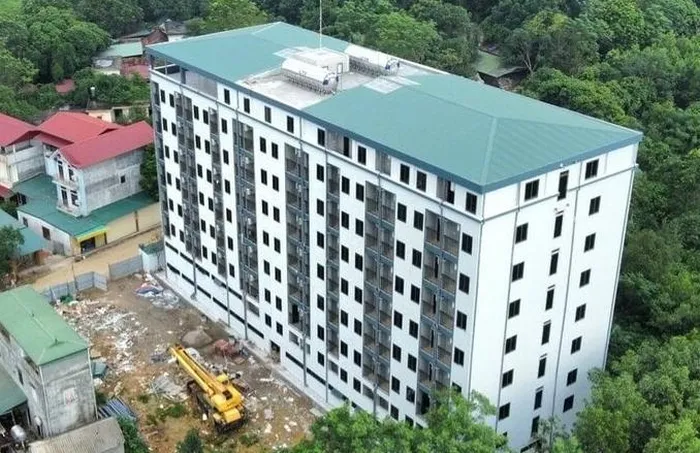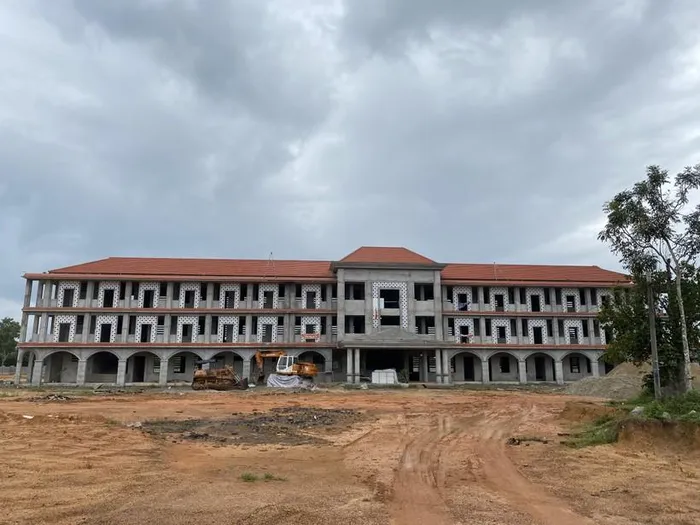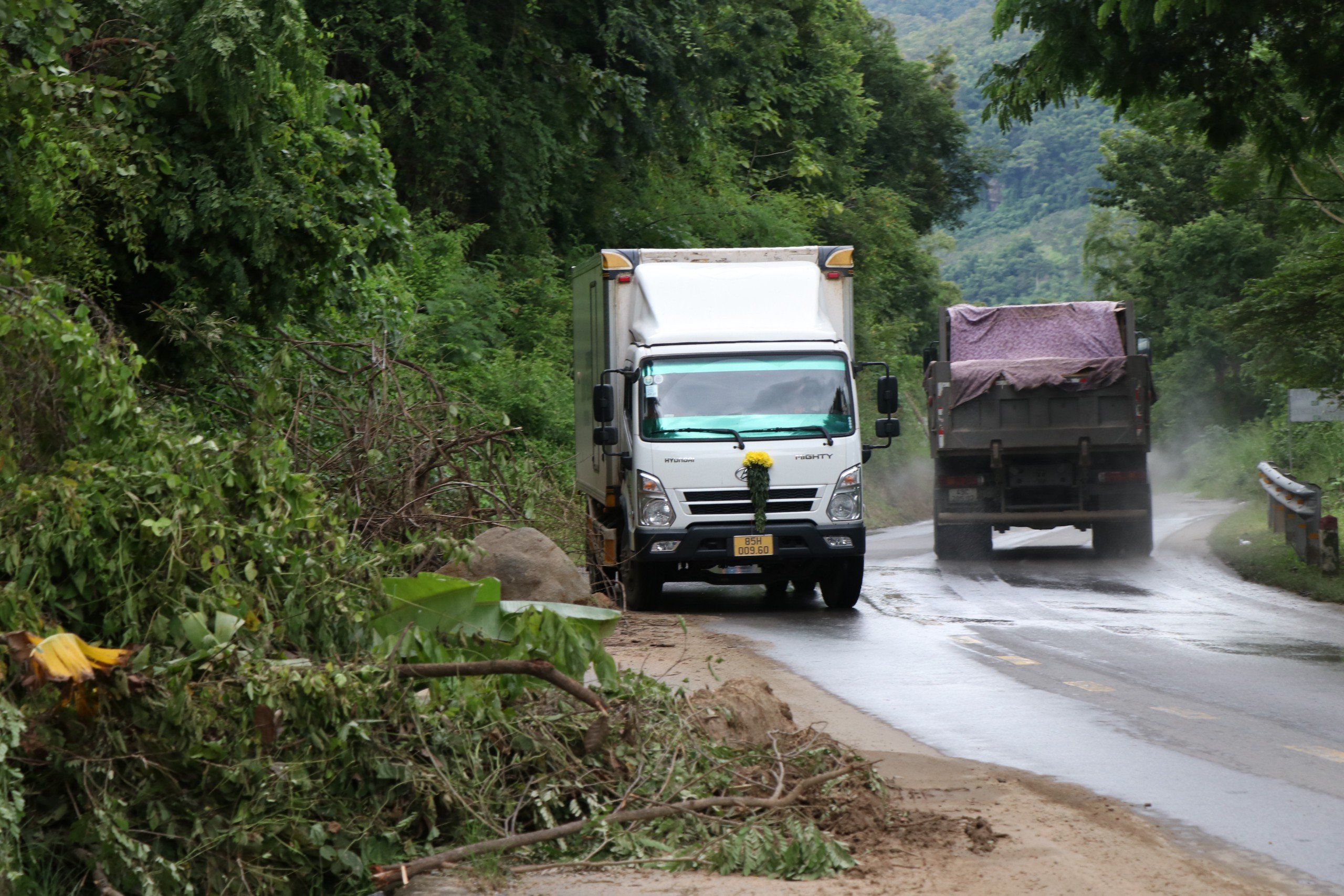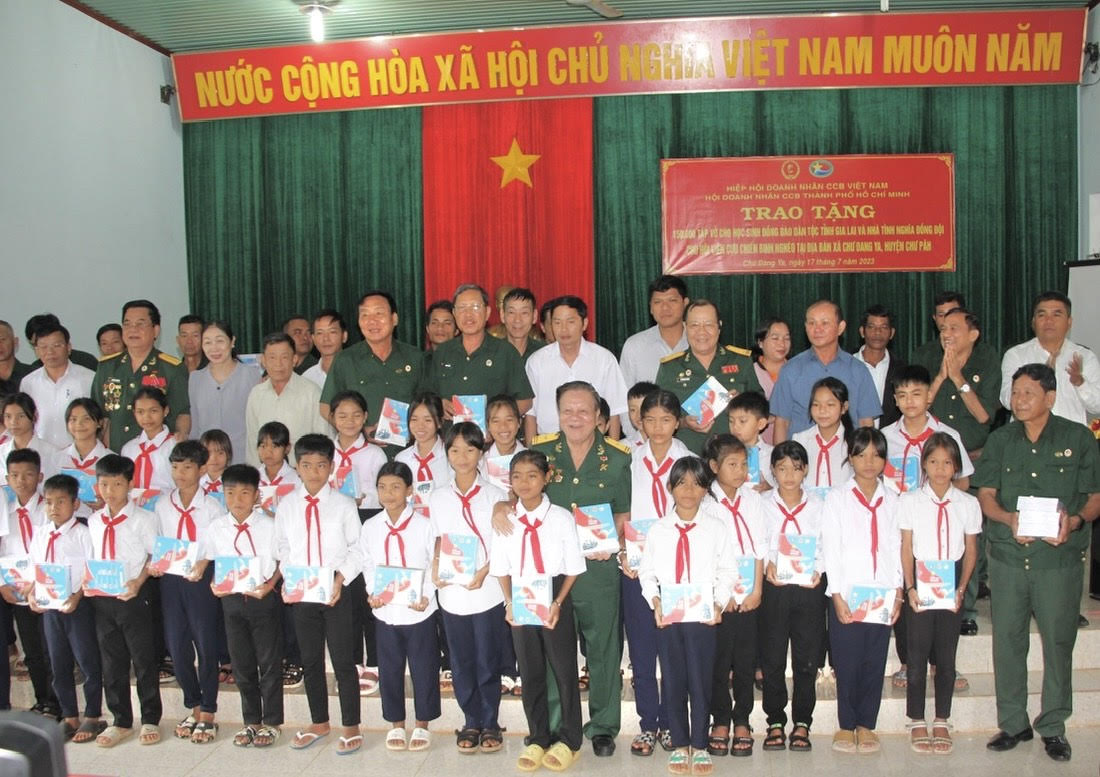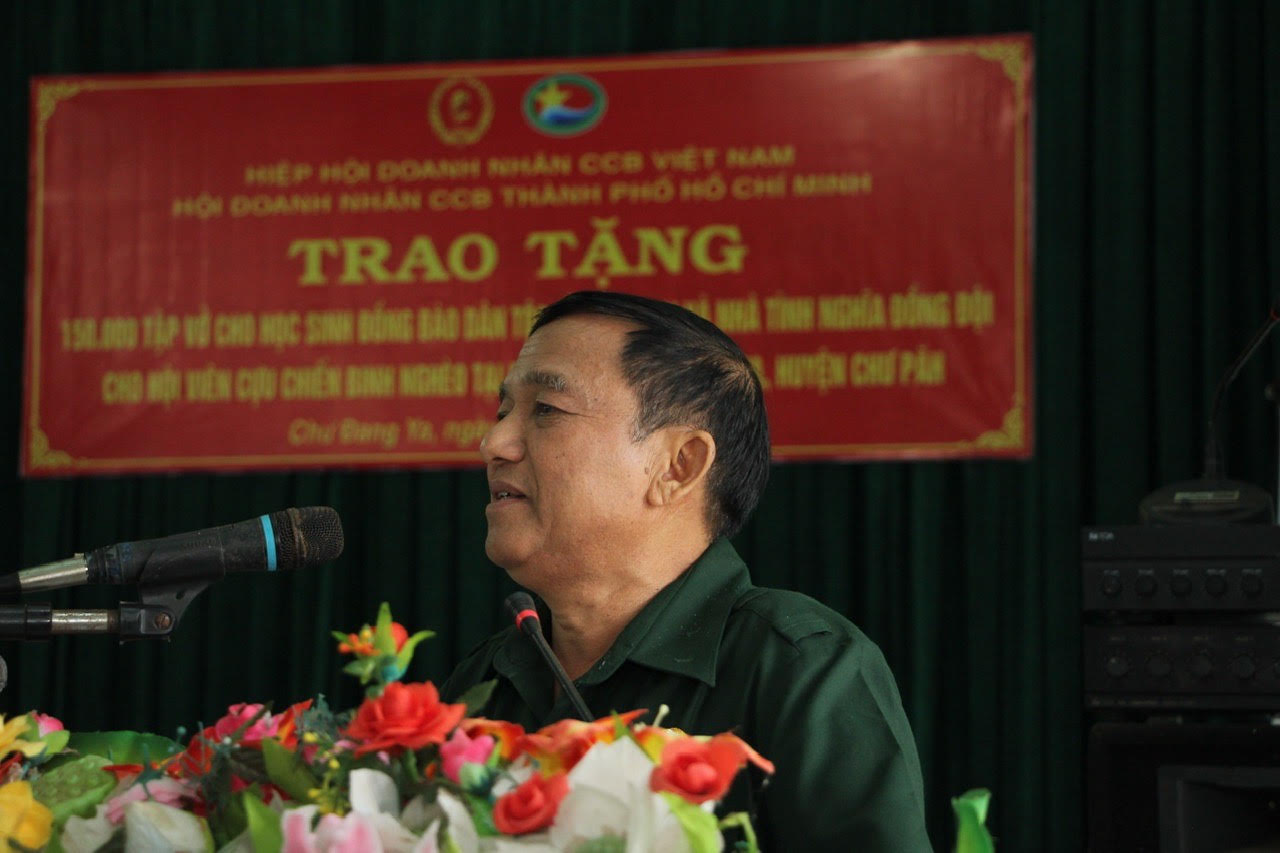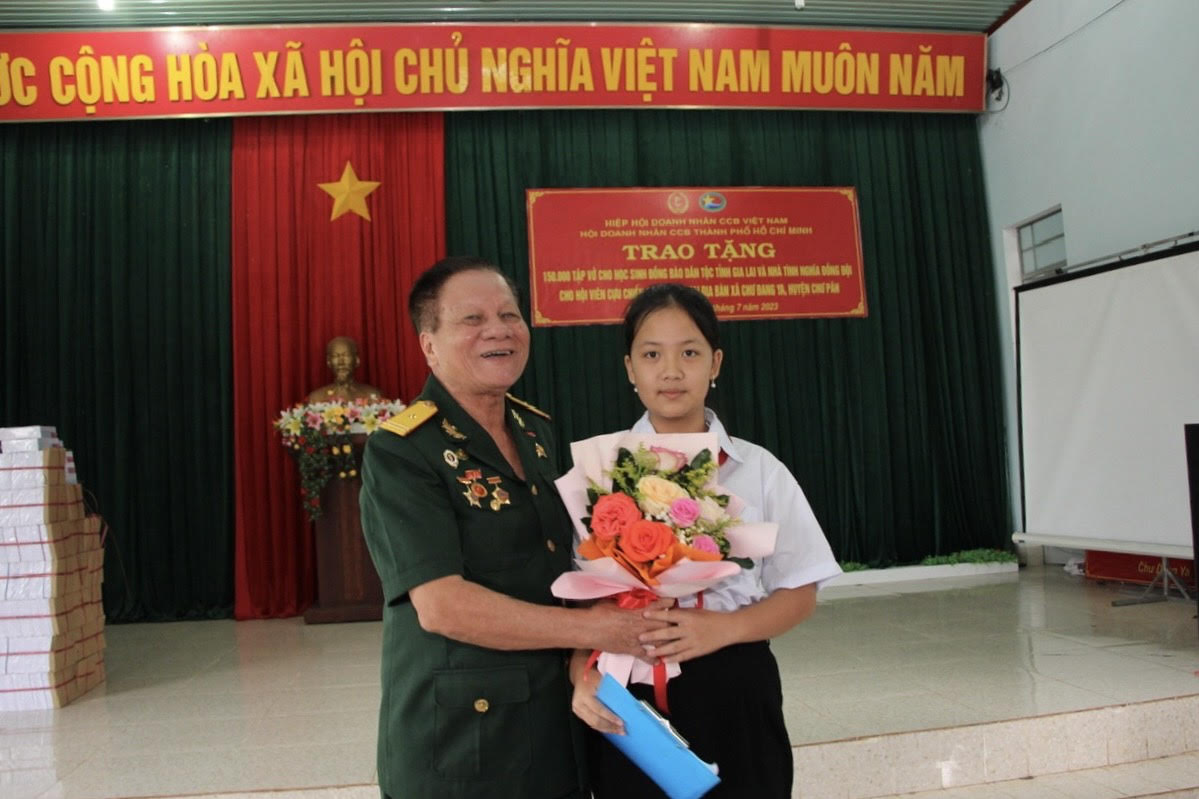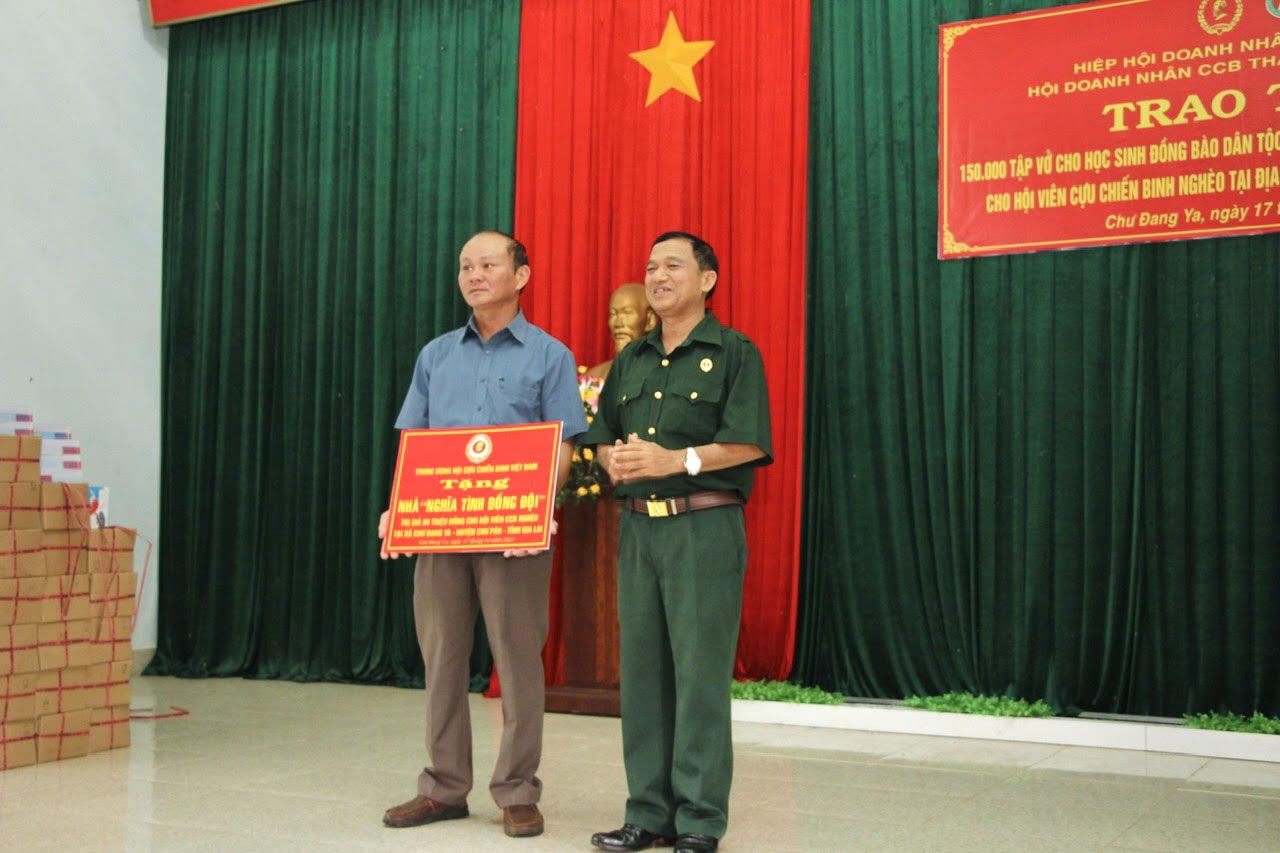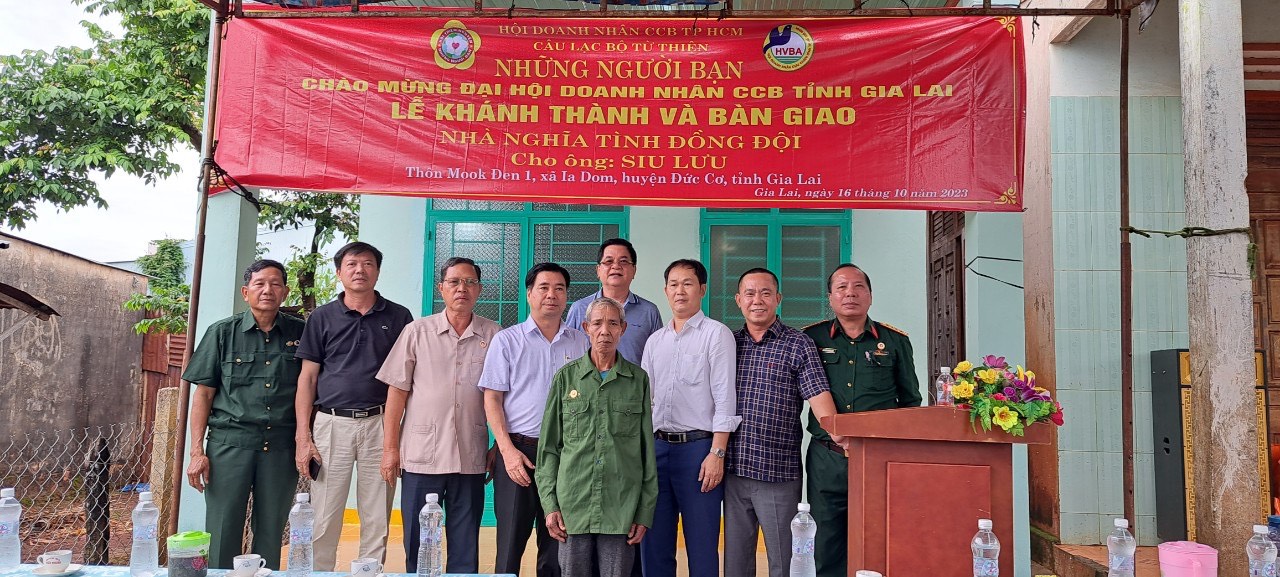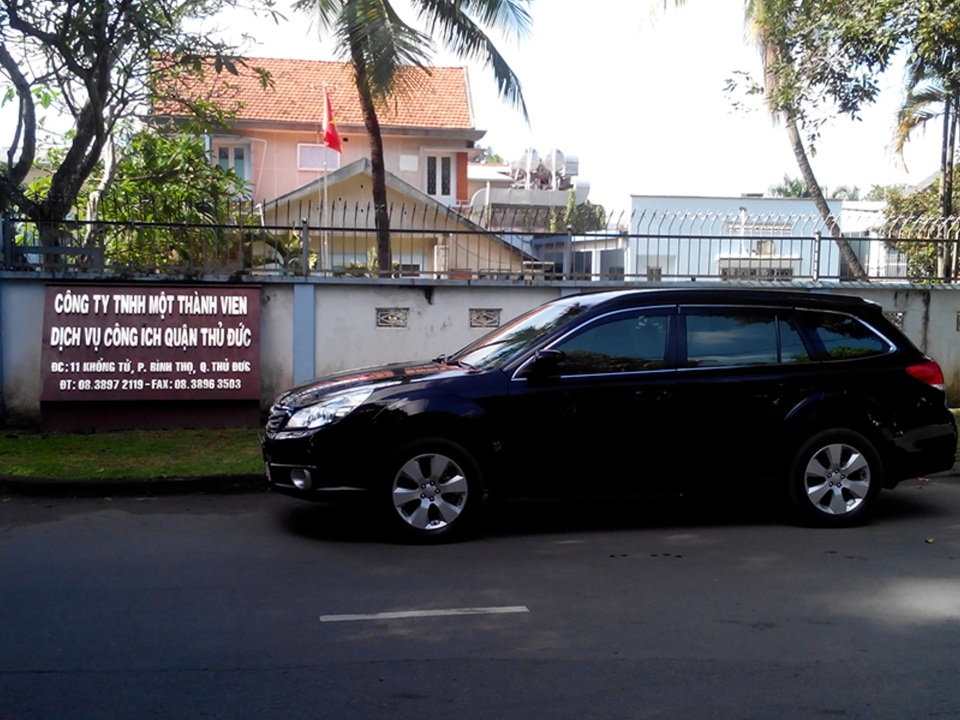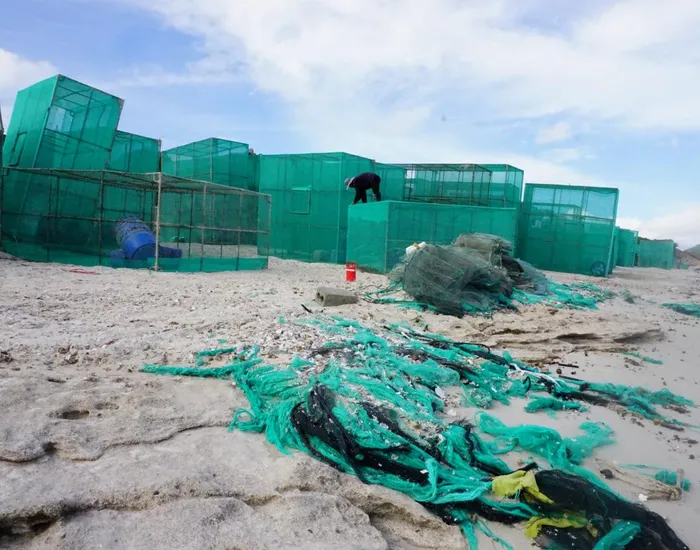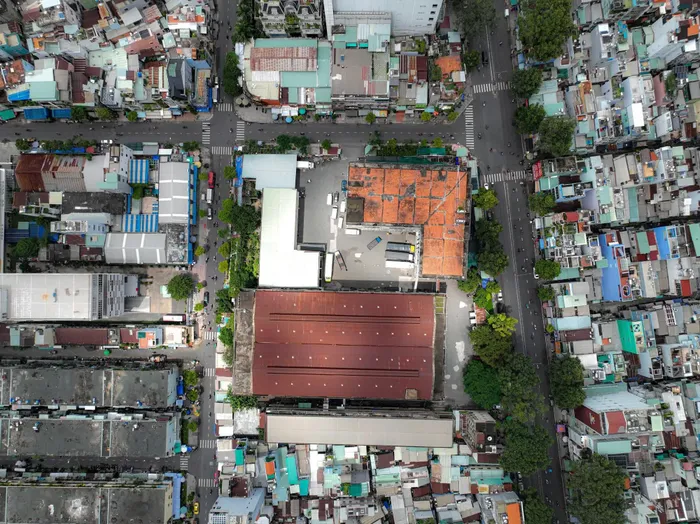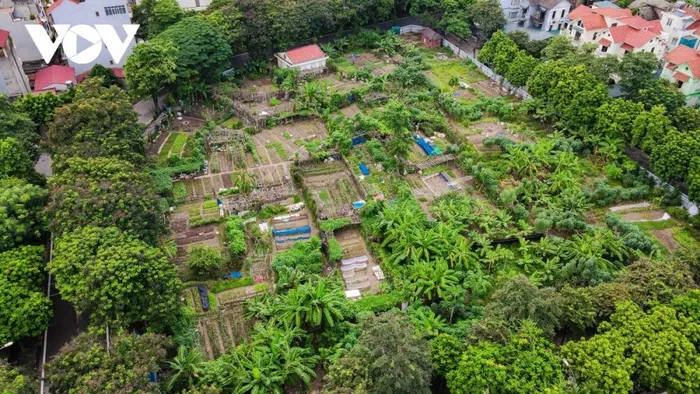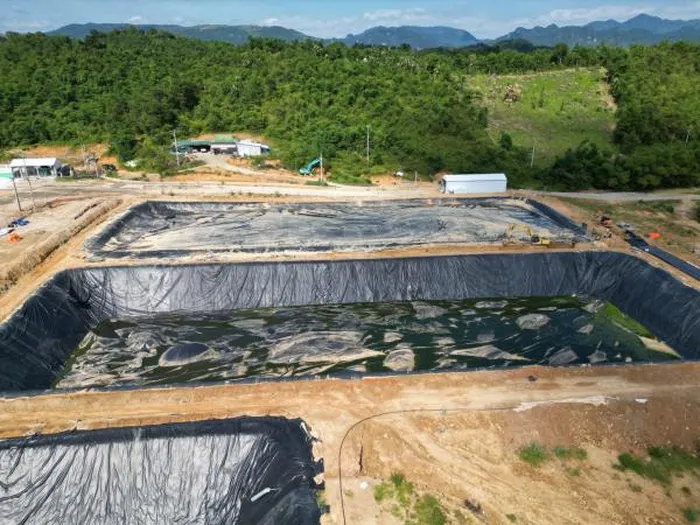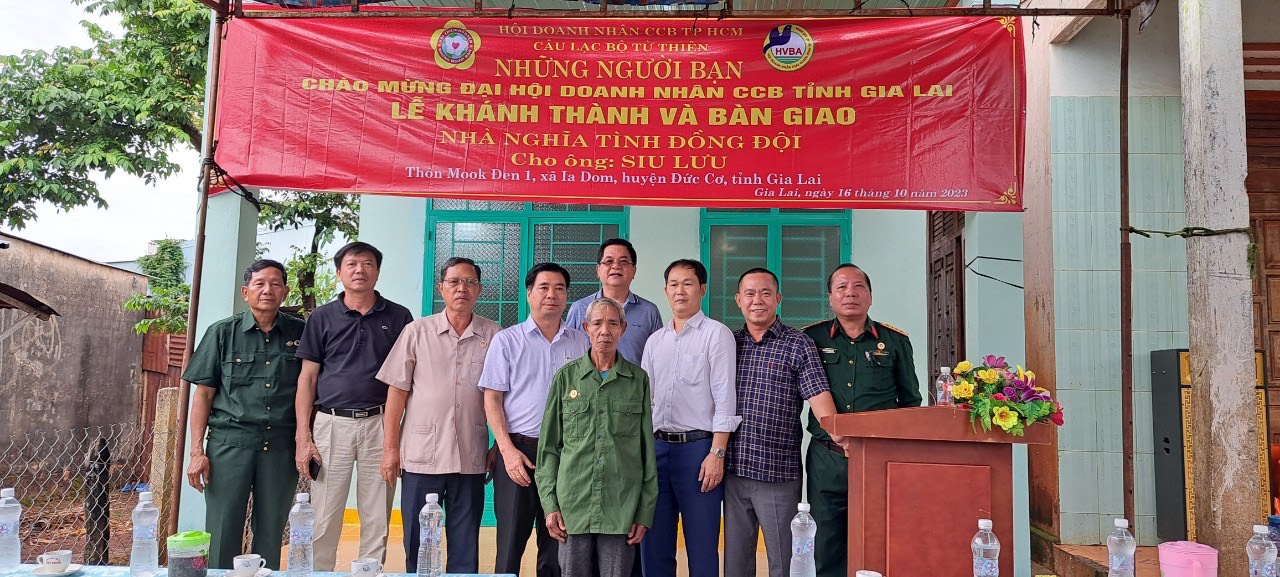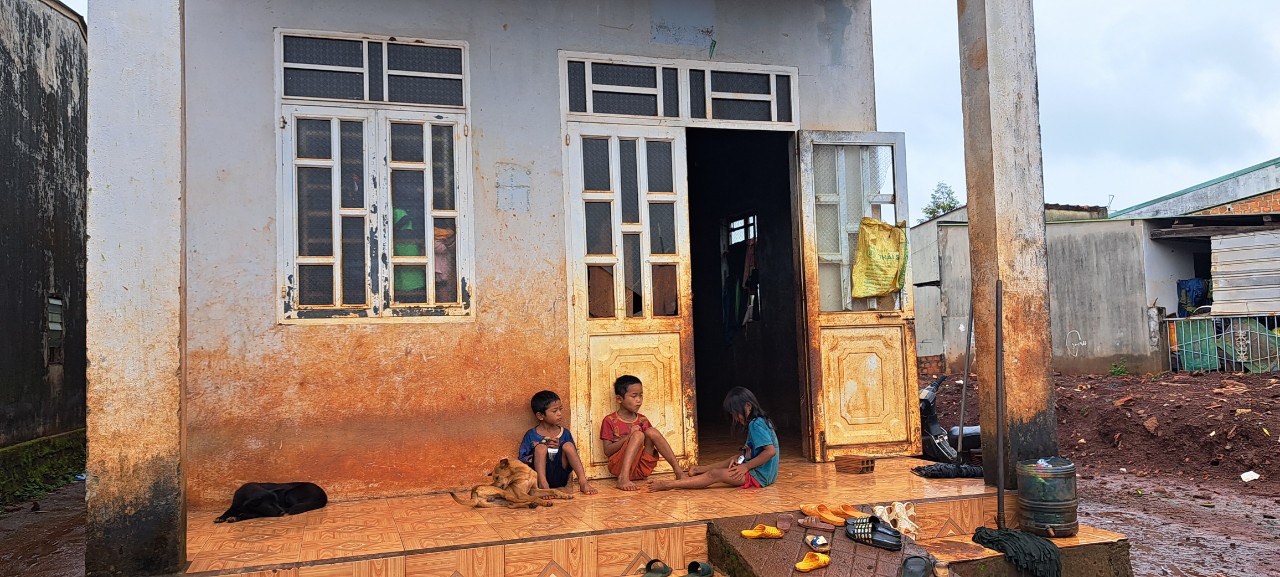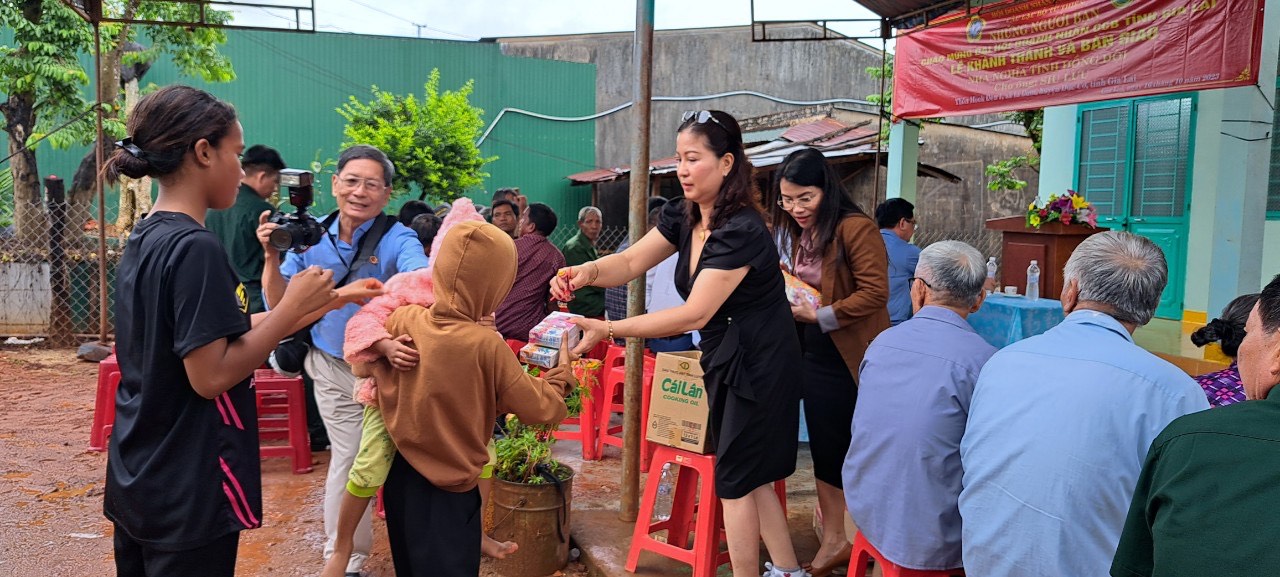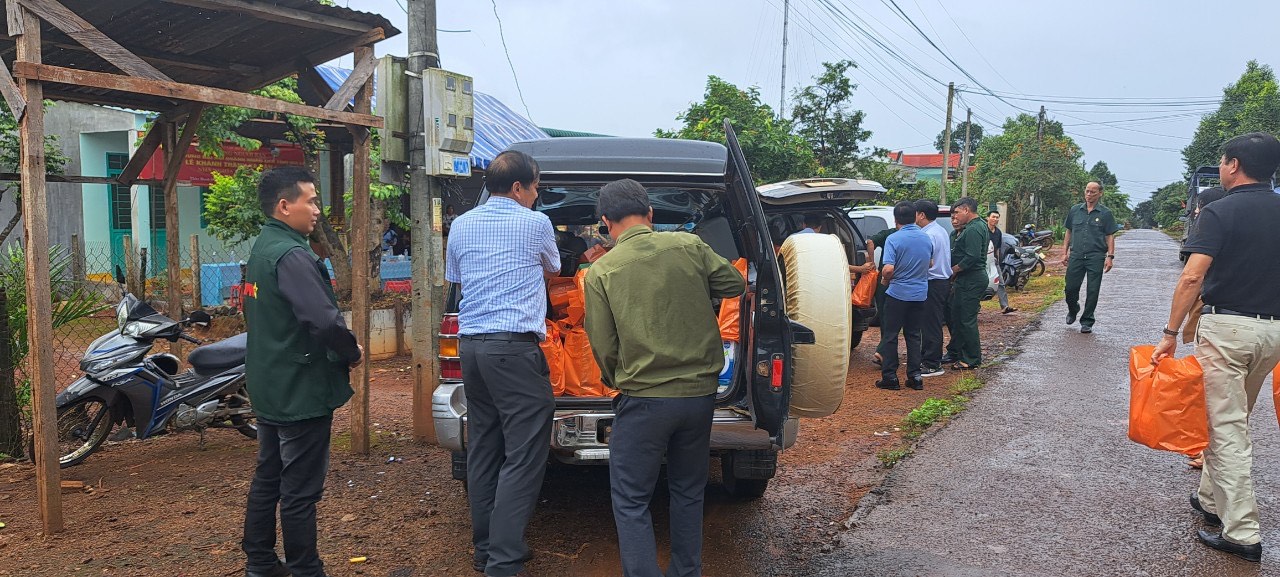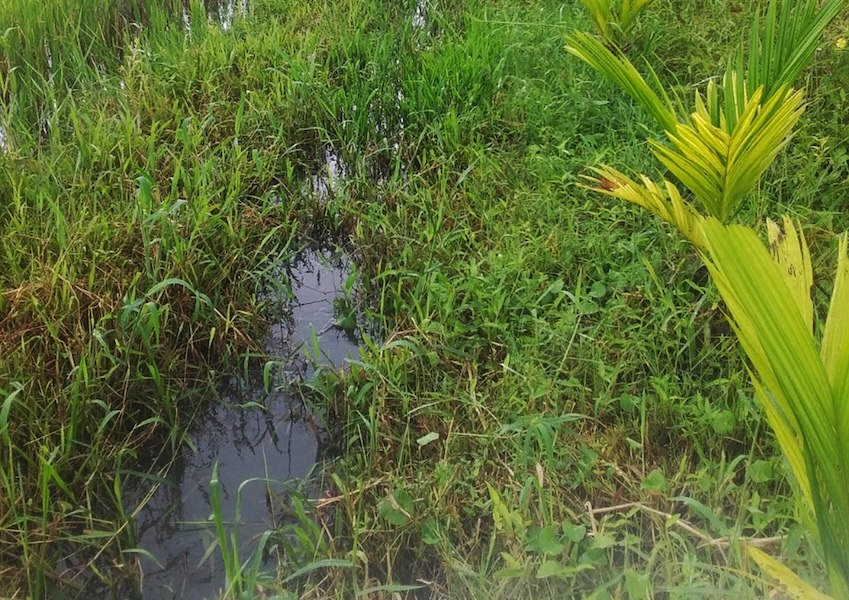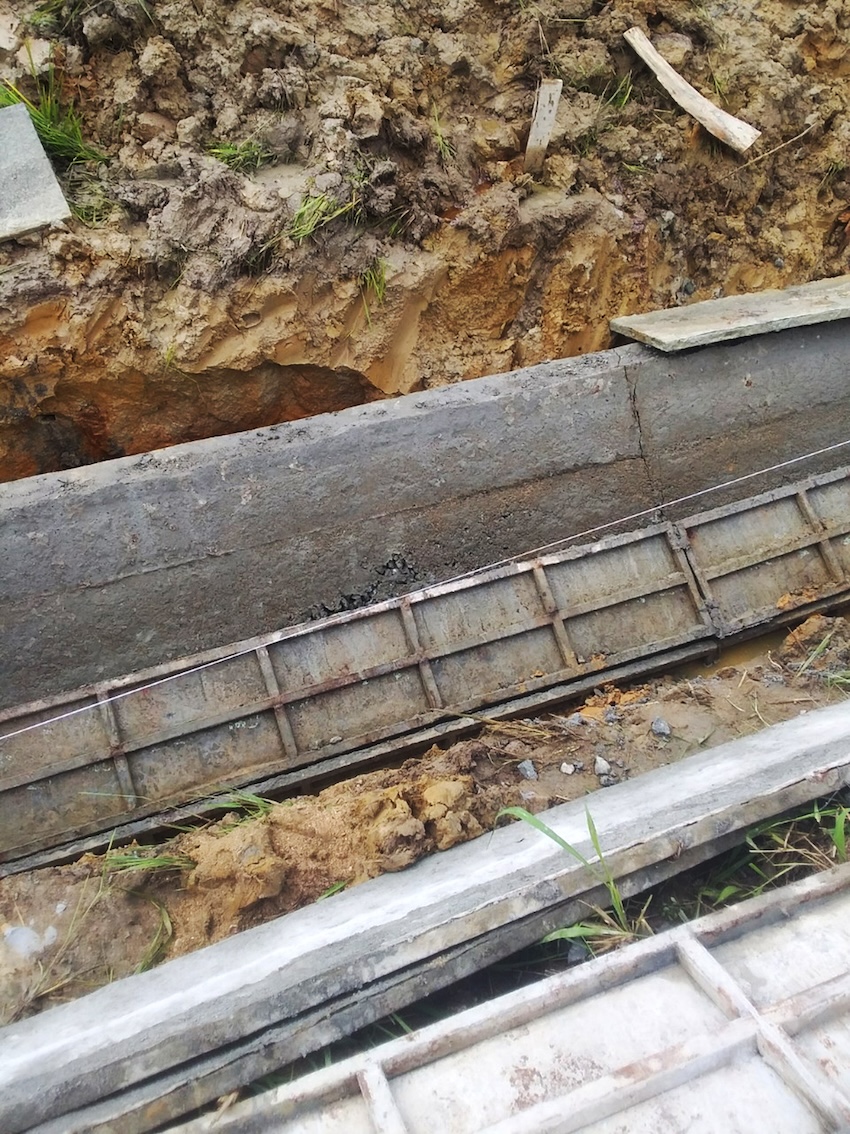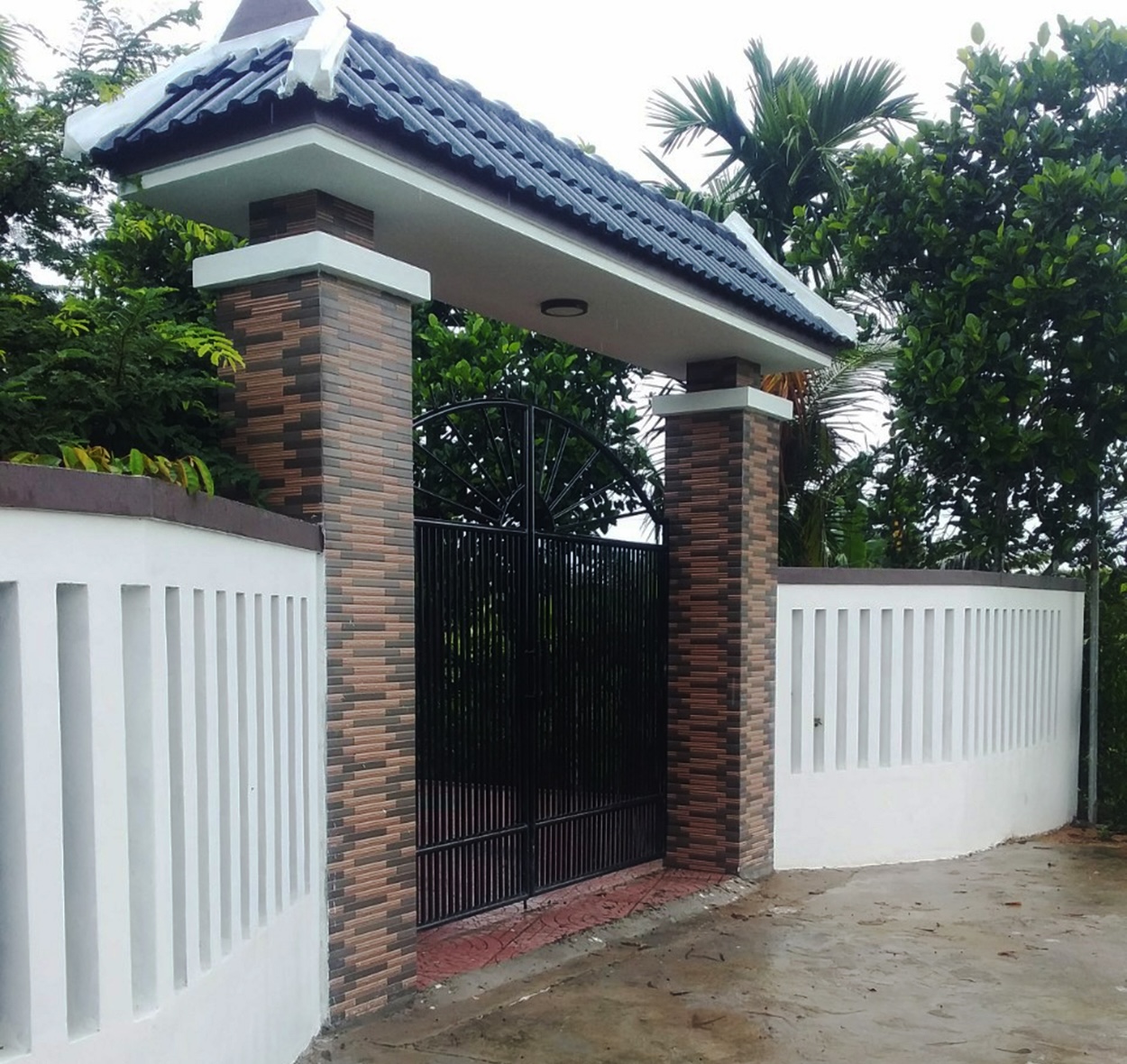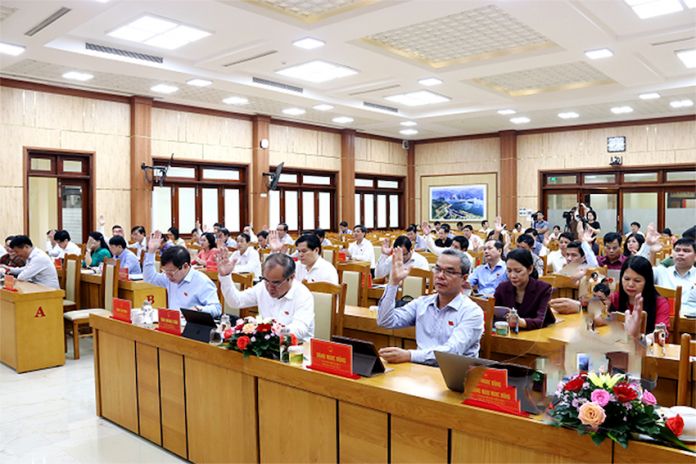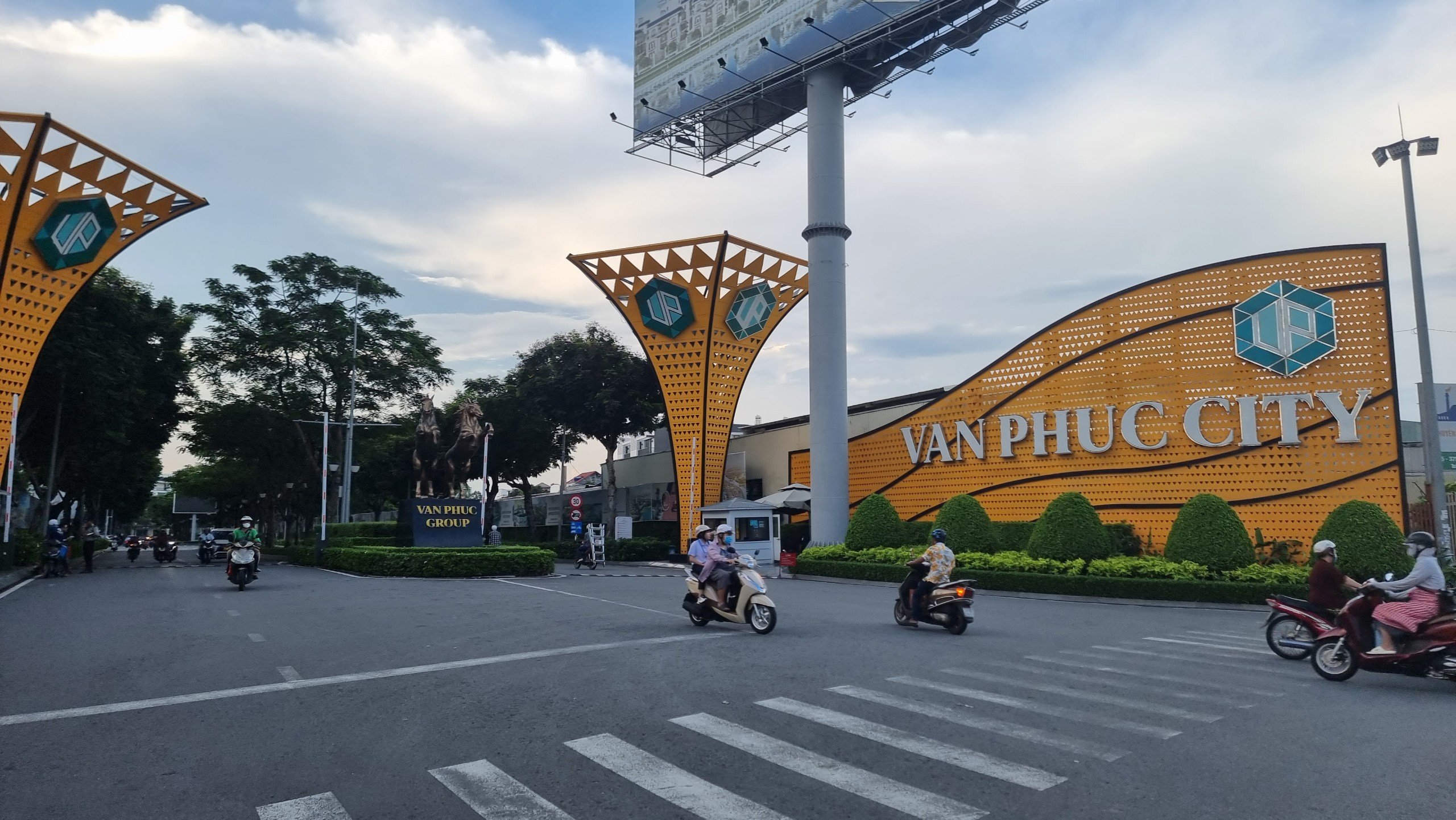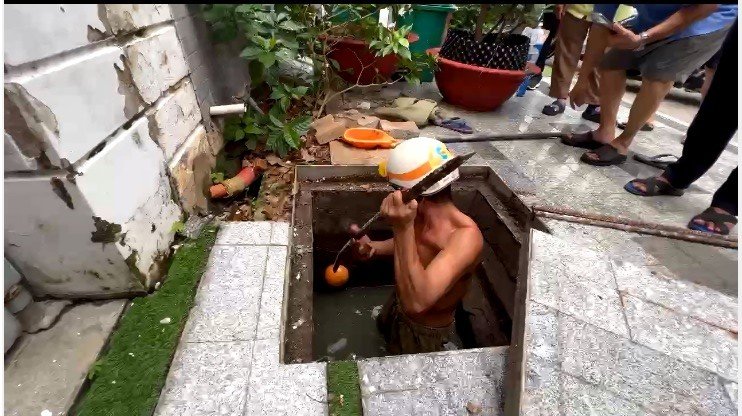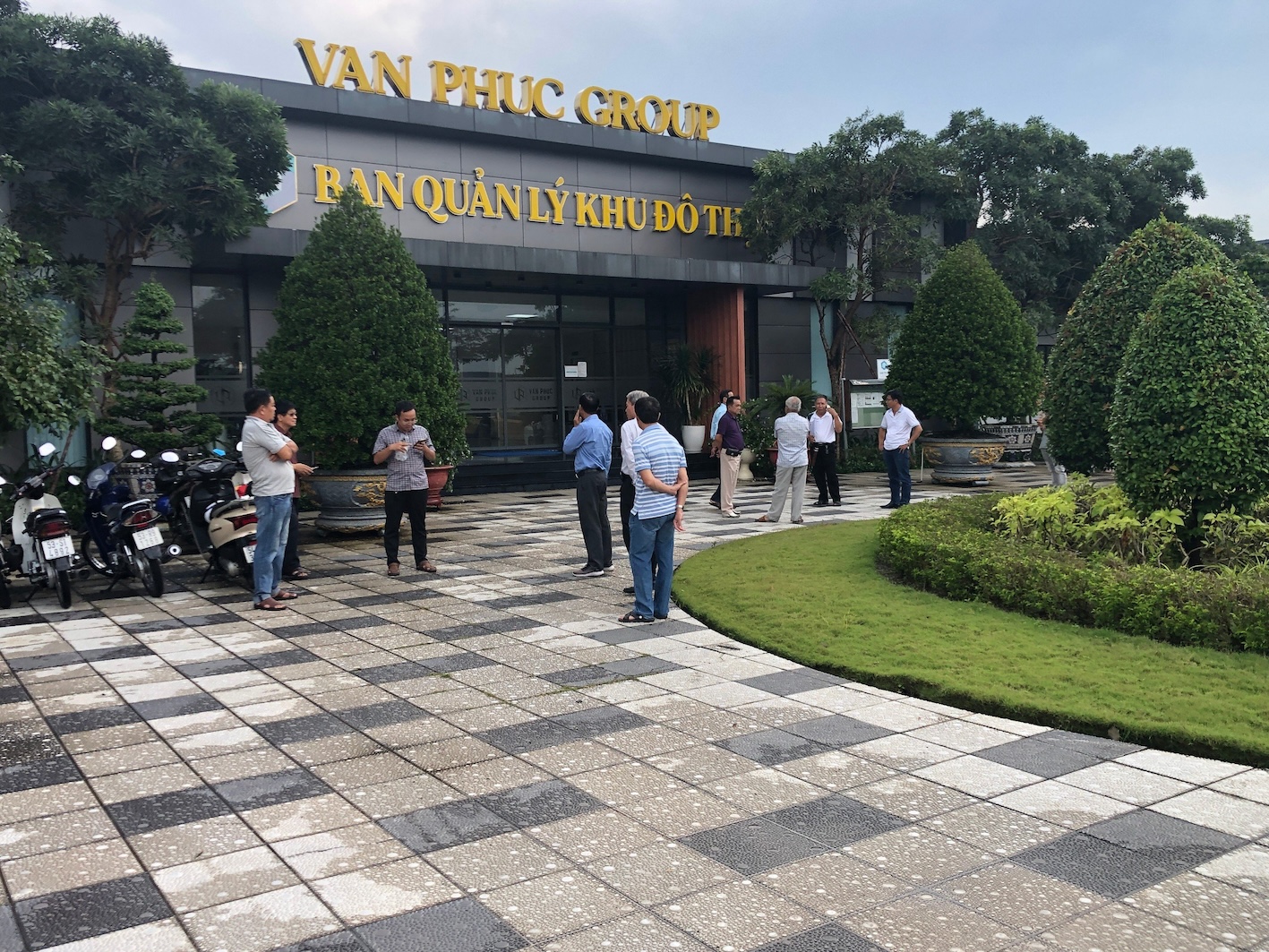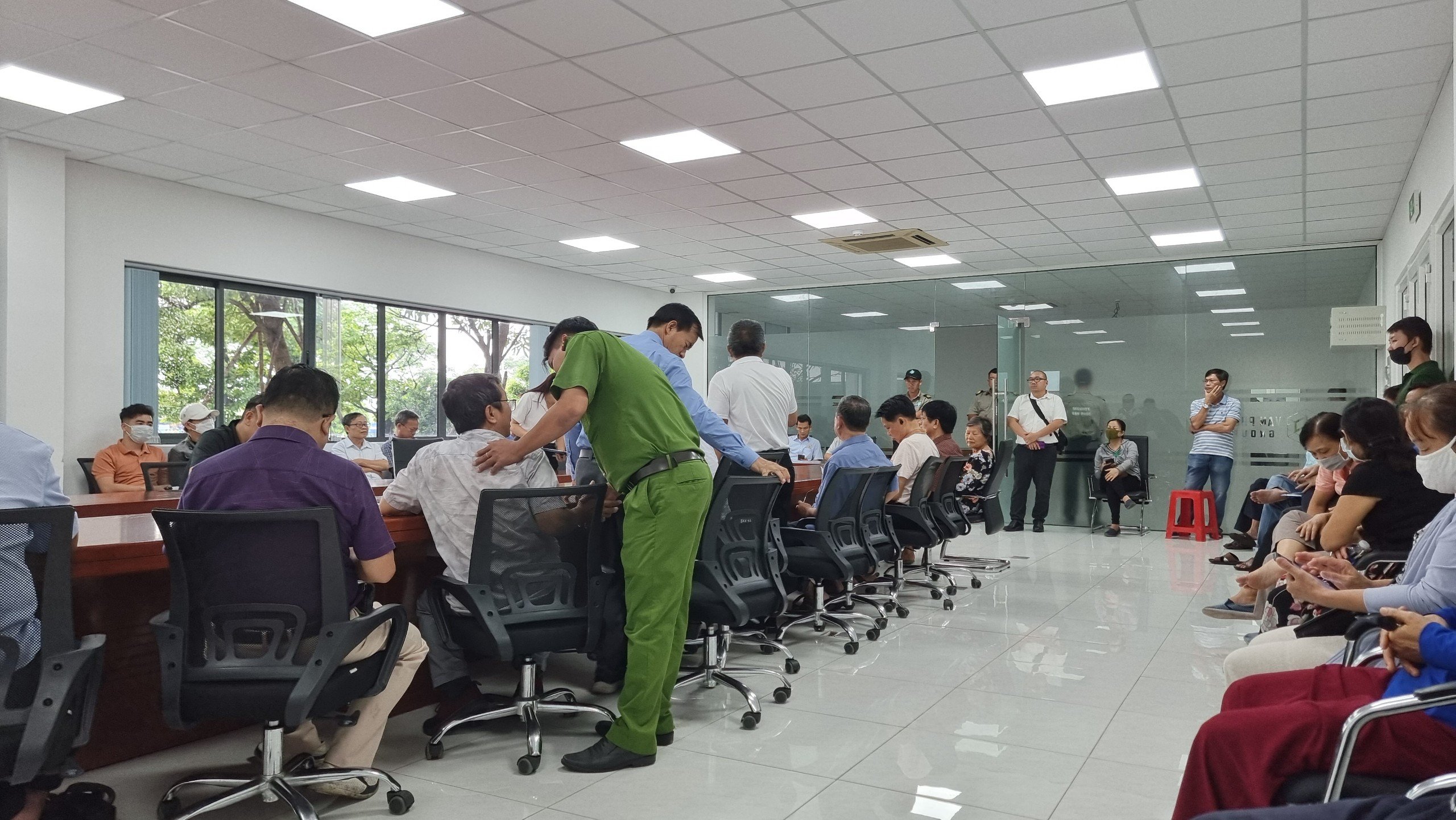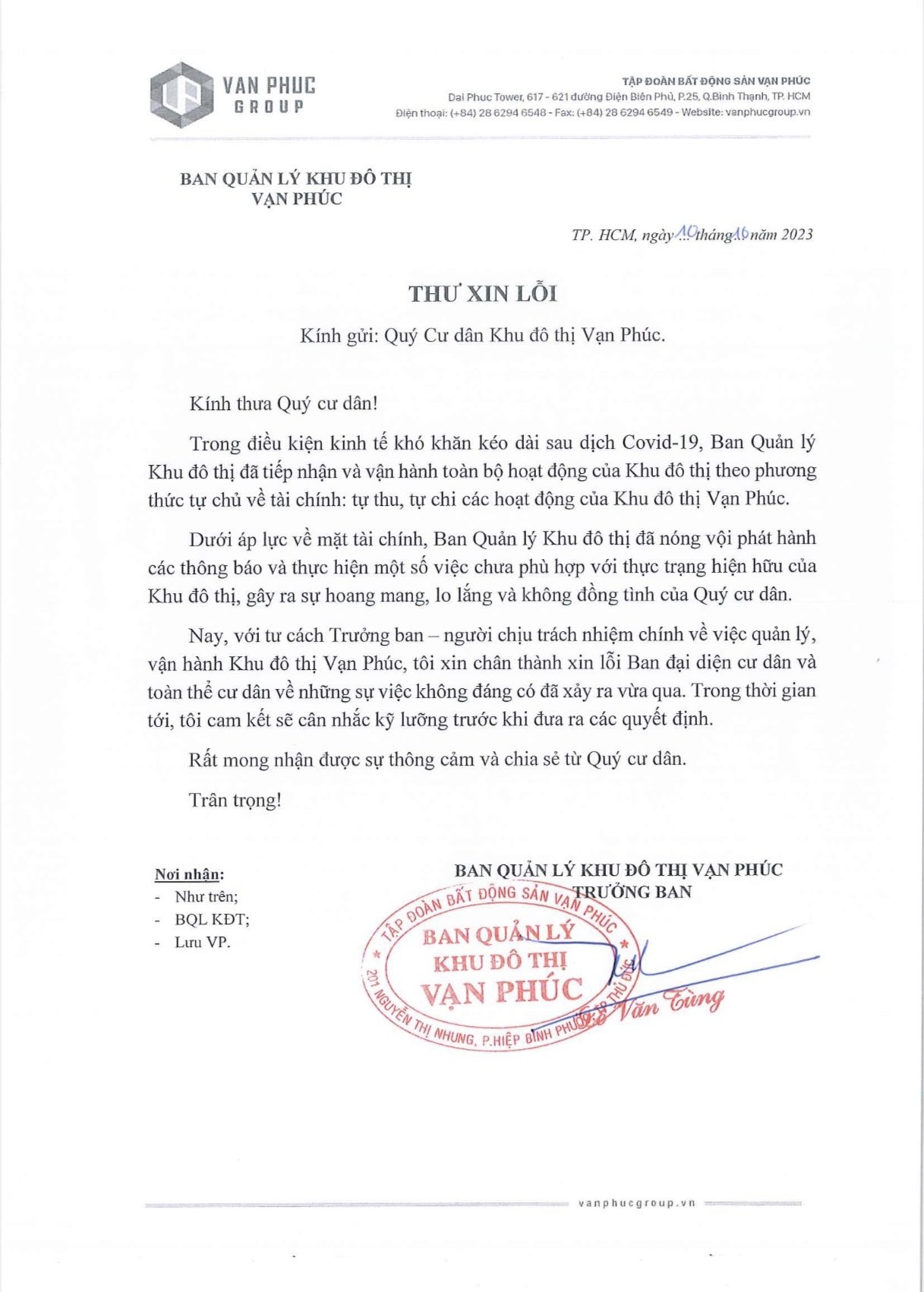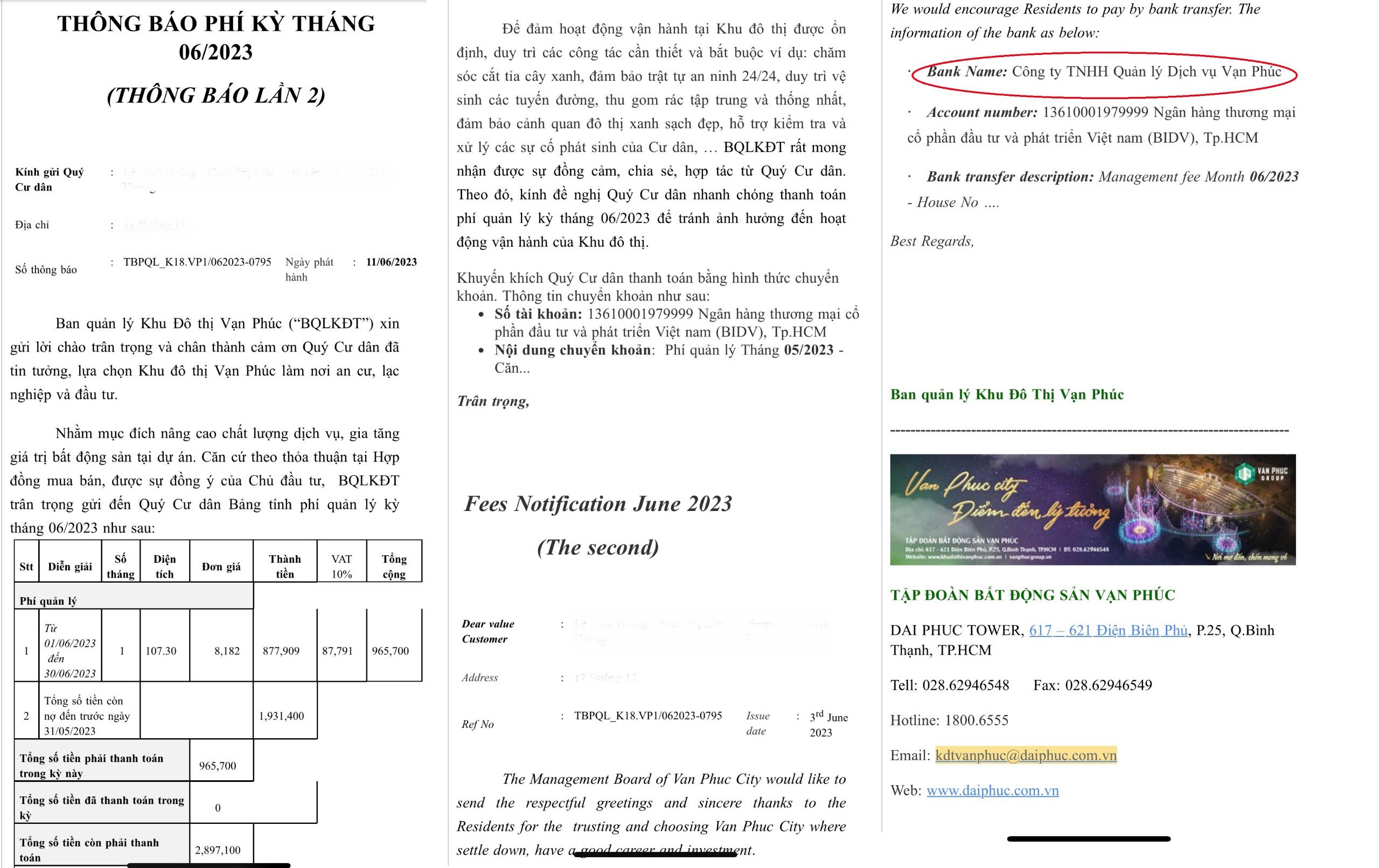Trân trọng giới thiệu tới quý độc giả Công bố quốc tế lĩnh vực môi trường số 39-2023 với những nội dung chính như sau:
Về quản lý môi trường
– Ảnh hưởng của đợt nắng nóng và hạn hán ở châu Âu năm 2018 đến hóa sinh địa hóa ven biển ở Bight Đức.
– Xây dựng chiến lược bền vững thông qua tối ưu hóa LID nhằm ứng phó với tác động của biến đổi khí hậu hàng năm.
– Phương pháp phân bổ chuỗi cung ứng cho trách nhiệm môi trường dựa trên năng lượng hóa thạch làm điểm tựa cho trách nhiệm carbon.
– Mối liên hệ giữa carbon toàn cầu và các nguồn năng lượng tái tạo: Một bước hướng tới sự bền vững.
– Thu hút các bên liên quan tham gia hợp tác kiểm soát ô nhiễm không khí: Trò chơi tiến hóa ba bên giữa doanh nghiệp, công chúng và chính phủ.
– Điều chỉnh nội bộ và chuyển đổi số các yếu tố đầu vào trung gian: Hiệu quả kinh tế và tác động môi trường.
– Giảm thiểu ô nhiễm dầu khí vì môi trường bền vững – Đánh giá quan trọng và triển vọng.
– Hệ thống dự báo ô nhiễm không khí, ảnh hưởng sức khỏe và đánh giá chi phí kinh tế mới cho quản lý môi trường: Từ góc nhìn mới của cấp huyện.
– Toàn cầu hóa và vốn nhân lực là cơ hội hay mối đe dọa đối với sự bền vững môi trường? Bằng chứng từ các nước mới nổi.
– Chiến lược lựa chọn nhãn sinh thái tối ưu cho các tập đoàn có trách nhiệm với môi trường có cân nhắc các quy định của Chính phủ.
Về môi trường đô thị
– Diễn biến của khí hậu địa phương ở Montréal và Ottawa trước, trong và sau đợt nắng nóng và ảnh hưởng đến đảo nhiệt đô thị.
– Quá trình hóa rắn/ổn định và đánh giá rủi ro của kim loại nặng trong tro bay đốt chất thải rắn đô thị: Đánh giá.
– Dân số trong tương lai tiếp xúc với sóng nhiệt ở 83 siêu đô thị toàn cầu.
– Kiểm soát ngập úng đô thị: Một phương pháp mới để tái thiết đường ống thoát nước đô thị, có hệ thống và tự động.
– Các giá trị bền vững và tối ưu cho nước thải đô thị: Loại bỏ nhu cầu oxy sinh học và nhu cầu oxy hóa học bằng nhiều cấp độ mô phỏng dựa trên thuật toán di truyền và than hoạt tính dạng hạt khác nhau.
– Phương pháp ước tính tiềm năng khử cacbon ở cấp độ khu vực lân cận trong khu đô thị: Ứng dụng tại La Carrasca, thành phố Valencia – Tây Ban Nha.
– Các đặc điểm chức năng bề mặt lá ảnh hưởng đến vật chất dạng hạt và giảm thiểu ô nhiễm không khí bằng hydrocacbon thơm đa vòng: Thông tin chi tiết từ rừng đô thị Địa Trung Hải.
– Làm thế nào không gian xanh có thể giảm thiểu đảo nhiệt đô thị? Phân tích hiệu quả làm mát, cô lập carbon và chi phí nuôi dưỡng ở quy mô đường phố.
– Một cách tiếp cận tổng hợp để kiểm tra sự phân mảnh đô thị ở các khu vực đô thị: Ý nghĩa đối với quy hoạch đô thị bền vững.
– Nhận dạng, sự xuất hiện, nồng độ và thành phần của fiproles trong các nhà máy xử lý nước thải đô thị.
– Đặc điểm của vi nhựa, kim loại liên quan và đánh giá rủi ro sinh thái trong lớp đất mặt của đô thị Shiraz, phía tây nam Iran.
Về môi trường khu công nghiệp
– Về các khuyến khích của cá nhân và xã hội để áp dụng các thực hành có trách nhiệm với môi trường và xã hội trong ngành công nghiệp độc quyền.
– Phân tích dấu chân carbon khi xem xét hoạt động sản xuất của khu vực phi chính thức: Trường hợp các ngành công nghiệp sản xuất của Ấn Độ.
– Quy định môi trường ảnh hưởng đến năng suất như thế nào? Vai trò của chiến lược tuân thủ của doanh nghiệp.
– Chiến lược và đặc điểm phát triển công nghiệp sinh thái theo đánh giá hiệu quả hoạt động của các dự án khu công nghiệp sinh thái ở Hàn Quốc.
– Giảm thiểu chi phí điện năng đa mục tiêu và giảm thiểu lượng khí thải CO2 gián tiếp trong các tòa nhà thương mại và công nghiệp sử dụng hệ thống lưu trữ năng lượng pin độc lập.
– Phát triển mối liên hệ giữa hành vi của nhân viên xanh, tránh thuế, năng lực xanh và hiệu quả hoạt động bền vững của các doanh nghiệp vừa và nhỏ thông qua trách nhiệm xã hội của doanh nghiệp.
– Hiệu suất của nhà máy nhiệt điện than sCO2 ở các công suất điện khác nhau.
– Về thiết kế và sản xuất bền vững cho ngành giày dép – Hướng tới sản xuất tuần hoàn.
– Xác định các điểm nóng về môi trường của việc chiết xuất chất xơ từ vỏ đậu xanh.
CHUYÊN TRANG QUẢN LÝ MÔI TRƯỜNG
Tạp chí Môi trường và Đô thị Việt Nam
Xin trân trọng giới thiệu!
QUẢN LÝ MÔI TRƯỜNG
1. The effect of nitrous acid (HONO) on ozone formation during pollution episodes in southeastern China: Results from model improvement and mechanism insights
Science of The Total Environment, Volume 891, 15 September 2023, 164477
Abstract
Two ozone (O3) processes, summer episode dominated by local production and autumn episode dominated by regional transport, were chosen to investigate the role of HONO in different pollution processes. Meteorological conditions, diurnal variation of O3, potential source contribution factor (PSCF) analysis, concentration weighted trajectory (CWT) models, and the distribution of the eight-hour maximum values of O3 on mainland China all prove that summer O3 was mainly locally generated while autumn O3 episode was more susceptible to regional transport. The gaps between observations and simulation results with the default HONO chemistry in Master Chemical Mechanism (MCM) of Observation Based Model (OBM) were higher in summer episode (0.58 ppb) than autumn episode (0.37 ppb). Although we implemented nine additional sources in the model to revise the HONO chemistry, the simulated values were still lower than the observed values. HONO promoted O3 production by accelerating the reaction of HO2 + NO and RO2 + NO, and promoted loss of O3 by the reaction of OH + NO2 and RO2 + NO2. The net production rate of O3 with HONO constraint increased by 28.50 % in summer and 22.43 % in autumn, which also indicated that HONO played more important role in the O3 production in summer. The difference of NOx of daily RIR between the cases with and without HONO constraint was higher in summer O3 episode (0.15 %/%) than that in autumn O3 episode (0.09 %/%), the same as to VOCs with −0.20 %/% in summer O3 episode and − 0.14 %/% in autumn O3 episode, which indicated that the presence or absence of the HONO constraint has a greater impact on the RIR value in the case of dominant local generation. In brief, the O3 sensitivity would be more favorable for VOCs without HONO constrained in the model, which would inevitably mislead policy makers to develop efficient policies to control O3 pollution.
2. Effects of the 2018 European heatwave and drought on coastal biogeochemistry in the German Bight
Science of The Total Environment, Volume 892, 20 September 2023, 164316
Abstract
In 2018, Europe experienced an unprecedented heatwave and drought, especially in central and northern Europe, which caused decreased terrestrial production and affected ecosystem health. In this study, the effects of this event on the marine environment are investigate, with a focus on the biogeochemical response in the German Bight of the North Sea. Using time series data from FerryBoxes, research cruises, monitoring programs and remote sensing we compare conditions in 2018 to climatological values. We find that (1) the heatwave caused rapid warming of surface waters, (2) the drought reduced river discharge and nutrient loads to the coast, and (3) these combined effects altered coastal biogeochemistry and productivity. During 2018, both water discharge and nutrient loads from rivers discharging into the German Bight were below the seasonally variable 10th percentile from March onward. Throughout the study domain, water temperature was near or below that threshold in March 2018, but higher than in other years during May 2018, representing not only a heat wave, but also the fastest spring warming on record. This extreme warming period saw concurrent high peaks in chlorophyll a, dissolved oxygen and pH, consistent with the development of a strong spring bloom. It appears that productivity was above 75th percentile of the 21-year record in most of the nearshore region, while offshore it was widely below the 25th percentile in 2018. The drought-related low discharge limited nutrient supply from the rivers, but likely increased water residence time nearshore, where a surge in primary production with efficient nutrient utilization during the spring depleted nutrients available for transport offshore. There, the heatwave-related rapid warming of surface water resulted in the establishment of a stable thermal water column stratification, hindering vertical nutrient supply to the surface layer during the summer.
3. Enriching the green economy through sustainable investments: An ESG-based credit rating model for green financing
Journal of Cleaner Production, Volume 420, 25 September 2023, 138315
Abstract
Environmental, social, and governance (ESG) measures have grown significantly as sustainable investment has become a key driver of capital allocation. Sustainable investment is one of the main agendas for fulfilling sustainable development. Thus, financial institutions can significantly tackle socio-ecological concerns by recognising socially conscientious borrowers for long-term investments. They can invest in or lend to enterprises involved in sustainable development to construct a sustainable future. Unfortunately, financial institutions confront several obstacles in selecting such borrowers from a large pool of applicants. To accomplish the goal of sustainable investments, this study proposes an ESG-based credit rating model that considers a firm’s ESG performance. The suggested model was built by applying the fuzzy Best Worst Method (BWM) and the newly developed fuzzy Technique for Order Preferences by Similarity to an Ideal Solution (TOPSIS) Sorting. The fuzzy BWM was used to determine the weight of criteria, while the fuzzy TOPSIS-Sorting was used to evaluate firms against the identified criteria. A practical case has been demonstrated to show the utility of the proposed model. This study identifies the financial pillar as the most important, accounting for 43% of the overall importance, followed by the environmental pillar (24%), the social pillar (19%), and the governance pillar (14%). The suggested credit rating model has shown an accuracy rate of 84.31% and a true positive rate of 87.5%. Regarding policy implementations, financial institutions, regulators, and other authorities may employ it to assist sustainable investments in fulfilling sustainable development goals. Banks may use the suggested method to calculate the capital required under the internal rating-based approach of Basel norms.
4. Centralization and firm pollution emissions: Evidence from City–county Merger in China
Journal of Cleaner Production, Volume 416, 1 September 2023, 137964
Abstract
This study examines the effect of centralization on firm pollution emissions. Using the datasets of firm-level emission and exploring the city–county merger policy (CCM) in China, we find that as CCM transfers much power from county to city, the pollution emissions of firms located in counties have reduced by 48%. This conclusion is still valid under multiple identification and robustness tests. Further analysis suggests that the vertical reform of the environmental protection agency (direct effect) and the change in county government’s targets (indirect effect) are two important mechanisms. Additionally, firm pollution emissions will reduce more in counties that easily implement this policy. Our findings have important policy suggestions. First, to effectively solve the negative externalities of environmental pollution, government should reform the EPA. Power centralization of environmental regulation promotes environmental protection. Second, the central government should add more environmental protection factors in local officials’ promotion evaluation system. Thus, the local officials will be aware that they should focus more on protecting the ecological environment while developing the economy.
5. Developing sustainable strategies by LID optimization in response to annual climate change impacts
Journal of Cleaner Production, Volume 416, 1 September 2023, 137931
Abstract
Designing urban runoff drainage systems is prominent in effectively managing floods due to increasing impermeable regions worldwide. However, although urban runoff drainage systems are configured mainly based on rainfall analysis, climate change influences their hydrological properties substantially. This research introduces an innovative methodology to analyze climate variations on optimal low impact developments (LIDs) of urban drainage systems in historical periods based on annual impacts (AIs) in projection periods considering uncertainties assessments. First, Storm Water Management Model (SWMM) is employed for simulating the process of rainfall-runoff considering quality and quantity analyses. This simulation model is coupled with a non-dominated genetic algorithm- II (NSGA-II) optimization algorithm to minimize the cost of LIDs, flood volume, and pollutant load. Then, future runoff and daily rainfall are projected on a yearly basis, including maximum, minimum, and median rainfall, to identify how climate change affects catchment properties. These projections and an ensemble model are obtained based on the Long Ashton Research Station Weather Generator (LARS-WG), which considers uncertainties. After that, the projected daily precipitation is fragmented into hourly segments utilizing the change factor approach (CFA). Finally, the ideal optimum type, size, and placement of the chosen LIDs are determined using the presented simulation-optimization (SO) model. To prove the effectiveness and appropriateness of the presented framework, it is implemented in a real-world study area in Darabad catchment, Tehran, Iran. Results indicate that the developed optimal LIDs are well-designed and sufficient in both the historical and projection periods. The findings also depict that with the current LIDs established for the historical period, the flooding volume and summation of total suspended solid (TSS) and total Nitrogen (TN) removals are decreased by 55.96% and 60.2% compared to when LIDs are not adopted. In addition, employing the developed LIDs based on an ensemble model results in the runoff volume and pollutants removal decline of up to 31.39% and 46.9%, respectively.
6. A supply chain allocation method for environmental responsibility based on fossil energy as the anchor for carbon responsibility
Journal of Cleaner Production, Volume 416, 1 September 2023, 137904
Abstract
Fossil fuel energy consumption is still dominant, supporting economic development and influencing environmental and climate change, both immediately and over time (e.g., carbon emissions). In this study, the concept of using fossil fuel energy (or fossil energy–based sources) as the anchor for determining carbon responsibility was proposed, which can more directly and adequately quantify and reflect the environmental responsibility of each stage of the energy economic system and further advance research on the extension of responsibility allocation to the front and back ends. Two key parameters, the primary energy consumption responsibility conversion factor and the value-added allocation factor, were introduced to couple both the energy and economic systems around carbon responsibility allocation and to complete the tracking and calculation of primary energy consumption responsibility in the entire energy supply chain. The relevant calculation data were used to map the responsibility using Sankey diagrams. Based on these parameters, we selected the Chinese energy supply system from 2002 to 2020 as a case study, calculated the allocation profile of primary energy consumption responsibility in the energy supply chain, and analyzed the evolution and allocation of primary energy consumption responsibility in the economic/residential sectors, final commodities, and final use categories. The results showed that energy-intensive industries (e.g., smelting and pressing of metals and manufacturing of chemicals) and energy-intensive products (e.g., construction commodities) are still important carrier sectors and commodities of primary energy consumption responsibility in China. Gross fixed capital formation remains the largest expenditure category of primary energy consumption responsibility. However, with the development and transformation of the national economy, the distribution of primary energy consumption responsibilities among the various stages of the energy system had subtly changed.
7. The nexus between global carbon and renewable energy sources: A step towards sustainability
Journal of Cleaner Production, Volume 416, 1 September 2023, 137927
Abstract
The energy transition is at the core of sustainable development as it helps to combat global warming and climate change. Similarly, carbon markets also support the climate change mitigation. Therefore, by realizing the potential role of clean energy and carbon markets in ensuring environmental sustainability, this study analyzes the spillovers and connectedness between the environment (global carbon) and renewable energy sources (wind, solar, geothermal, biofuel, and fuel cell). The empirical analysis is conducted by applying the novel “TVP-VAR” connectedness framework of Balcilar et al. (2021) on the daily data over the period from August 1, 2014, to February 4, 2022. The findings show that solar and biofuel appear as the highest net shock transmitter among alternative renewable sources while global carbon is shown as the net receiver of shocks. The largest transmission of shocks to global carbon is observed from wind followed by solar. Although these findings support the connectedness between renewable energy and the environment, however this connectedness is influenced by economic crises such as the oil crisis and pandemic crisis. During COVID-19, the fuel cell was the highest transmitter of shocks. The results are important for policy formulation, investment, and portfolio management as they provide insights into the interconnectedness and help in boosting climate actions.
8. Cradle-to-grave lifecycle carbon footprint analysis and frontier decarbonization pathways of district buildings in subtropical Guangzhou, China
Journal of Cleaner Production, Volume 416, 1 September 2023, 137921
Abstract
This study conducted a holistic lifecycle carbon footprint analysis of small-scale district buildings in Guangzhou. Building energy system models were developed in TRNSYS software for quantifications on both embodied and operational carbon emissions. Afterwards, a top-down and bottom-up approach is proposed to systematically explore both passive (flexible adjustment on building services systems) and active strategies (e.g., onsite renewable energy supply) for decarbonization transformation. Research results showed that carbon emissions in production and operation stages account for the largest proportion of the total lifecycle carbon emissions. Moreover, active strategies through distributed renewable systems prioritize others in decarbonization transformation, followed by passive strategies in building services systems. In the subtropical Guangzhou, the Building Integrated Photovoltaics (BIPVs) can reduce the operational carbon emission by 26.5%, 24.4% and 22.5% in the hotel, office, and residential building, respectively. The decreasing magnitude of annual carbon emission is between 21897.4 and 206733.0 kg CO2,e when the integrated rated capacity of wind turbine is between 100 and 500 kW. This research provides a generic approach to estimate lifecycle carbon footprint and gives a clear roadmap on decarbonization pathways of buildings, promoting the sustainability transition towards the dual-carbon era.
9. The effects of socioeconomic factors on particulate matter concentration in China’s: New evidence from spatial econometric model
Journal of Cleaner Production, Volume 417, 10 September 2023, 137969
Abstract
As a result of rapid industrialization and urbanization, China is now facing a host of environmental problems that have serious health implications. Studies of air pollution’s impact on human health are vital in many fields, including epidemiology, environmental science, and the social sciences. To ensure the effective growth of socioeconomic sectors, it is critical to investigate the effect of socioeconomic factors on primary air pollutant particulate matter (PM2.5) and the driving mechanism. We conducted group-wise (i.,e. divide data in 5 different periods, D1 (2002–2006), D2 (2007–2011), D3 (2012–2016), D4 (2017–2021) and D5(2002–2021) spatial autocorrelation and spatial panel regression analyses of PM2.5 emissions using panel data from 34 provincial-level administrative units in China from 2002 to 2021 to understand the factors influencing air pollutant emissions. This study adds to the literature by considering comprehensive features and spatial effects in the panel-data econometric framework of the different areas. The spatial features analysis reveals that pollutant emissions in these regions decreased during the study period, although socioeconomic and natural factors are essential sources of PM2.5. PM2.5 emissions also showed significant positive spatial autocorrelations. Several statistical tests were run to examine the spatial autocorrelation among the regions. The results of a random effect regression model and geometric weighted regression (GWR) revealed that both socioeconomic and natural factors were statistically significant for PM2.5, though to varying degrees depending on region type. Positive and statistically significant results were obtained for China when considering the impacts of urban population, urban green space, economic growth, and economic spending. China has a positive and significant link with the exploitation of energy and natural resources. In light of these findings, we have developed several ideas for addressing air pollution and improving environmental sustainability, such as increasing regional collaboration and reforming the economy.
10. Engaging stakeholders in collaborative control of air pollution: A tripartite evolutionary game of enterprises, public and government
Journal of Cleaner Production, Volume 418, 15 September 2023, 138074
Abstract
In the current context of air pollution control, inconsistent interest demands from various stakeholders hinder efficient cooperative governance. This study developed a tripartite evolutionary game model to examine the decision-making mechanism of enterprises, the public, and the governments involved in China’s air pollution control process. Using theoretical and simulation analysis, the study identifies critical factors of stakeholders’ strategies and propose possible evolution paths for achieving collaborative air pollution control. The results showed that collaborative governance among the three stakeholders is the optimal path for air pollution control in China, which evolves through four stages: government regulation, enterprises’ pollution control, public participation, and government withdrawal. Currently, China is currently in a transitional period from public participation to government withdrawal and should focus on introducing subsidy policies to encourage green technology innovation among enterprises, strengthen environmental information disclosure, and establish and improve public participation mechanisms. In the future, China should prioritize the construction of public participation channels, incentivize green technology innovation, and focus on synergistic effect of carbon emission reduction among enterprises. This will help achieve the possible government withdrawal stage where joint governance of the public and enterprises can effectively control air pollution, allowing the government to shift focus to other important environmental issues such as carbon emission reduction.
11. Internal adjustment and digital transformation of intermediate inputs: Economic performance and environmental effects
Journal of Cleaner Production, Volume 419, 20 September 2023, 138155
Abstract
With the increasing importance of supply chain security and the vigorous development of the digital economy, the trend of internal adjustment and digital transformation of intermediate input has become more obvious. Therefore, the impact this dual structural adjustment of intermediate input will have on the economy and environment is an interesting and practical topic. Therefore, this article proposes a new decomposition framework for intermediate input and total output, and constructs a production model that considers intermediate inputs and digital transformation. Based on the WIOT, socioeconomic accounts, and environmental accounts of the WIOD from 2000 to 2014, the panel regression model is used to analyze the economic benefits and environmental impacts brought by the internal adjustment of intermediate inputs and digital transformation.The results show that the internal adjustment of intermediate inputs and digital transformation can promote the improvement of total output by influencing multiple aspects of the economy and environment. The internal adjustment of nondigital intermediate inputs promotes the expansion of export scale and reduces the carbon intensity of added value. The digital transformation of intermediate input and internal adjustment of intermediate input strengthen the direct technical connection between domestic and foreign markets and increase the value-added share of the domestic market. However, the adjustment of intermediate input structure may also bring negative economic environmental effects. This article enriches the research on the adjustment of intermediate input structure from the dual perspectives of internalization and digitization, taking into account economic performance and environmental effects. Based on the research results, we put forward some ideas to promote high-quality development from the perspective of adjusting the structure of intermediate investment, such as countries (or regions) should actively promote the development and implementation of digital technology.
12. Tackling China’s local environmental policy implementation gap: An evolutionary game analysis of China’s environmental protection inspection system
Journal of Cleaner Production, Volume 416, 1 September 2023, 137942
Abstract
Despite China’s stringent environmental regulations, there has been a persistent policy implementation gap at local level, specifically due to local protectionism and inadequate enforcement measures. To address this issue, the Central Environmental Protection Inspection (CEPI) initiative was launched in 2016, replacing the Regional Environmental Protection Inspection (REPI) system. This study examines why the REPI failed to tackle the implementation gap and how the CEPI works. This is achieved by constructing a tripartite evolutionary game (EG) model consisting of the central government, local governments, and polluting enterprises. Using system dynamics (SD), the study simulates and analyzes the behavior and strategies of the three game players in two scenarios, namely weak and strong negative incentives. Then, this study analyzes the evolutionary process of environmental protection inspection (EPI) by means of a case study. The results show that: (1) the strategy adopted by polluting enterprises depends on the actual signal conveyed by the local governments. In addition, whether the strong regulatory signal of the central government can be effectively transmitted to polluting enterprises mainly depends on the attitude of the local governments. (2) The CEPI conveys a reliable commitment and provides effective external stimuli that adjust the incentive structure of local governments. Meanwhile, the REPI lacked significant punishment measures, which made it difficult for the central government’s environmental regulatory signals to reach polluting enterprises in an effective manner. This study contributes to a better understanding of the evolutionary process and causes of the EPI system, as well as how the Chinese government tackles the local environmental policy implementation gap.
13. Mitigating oil and gas pollutants for a sustainable environment – Critical review and prospects
Journal of Cleaner Production, Volume 416, 1 September 2023, 137863
Abstract
The oil and gas (O&G) industry generates pollutants from the exploration, refining, transportation, storage, and consumption of crude oil products that potentially pollute soil, aquatic environments, and ecosystem. They produce high quantities of gas pollutants, produced water, and other complex organic contaminants. These pollutants are associated with environmental risks, disrupt the well-being of humans, and are fatally hazardous. In fact, the release of pollutants leads to the displacement of animals and the loss of arable land for agricultural purposes. In addition, their influence on the surrounding environment is detrimental to global safety, as described by the World Health Organization (WHO). Controlling these pollutants below the standard emission limits set by global environmental regulations to achieve a safe and sustainable environment is crucial. Herein, the policies related to oil and gas pollution and the harmful effects of O&G pollutants have been reviewed. Also, the applications of catalytic and adsorption technologies in removing O&G pollutants have been discussed. Notably, the roles of novel catalysts and adsorbents in activating and converting harmful O&G pollutants into environment-friendly and value-added products have been highlighted. In addition, this review discusses the prospects of renewable energy technologies in mitigating waste pollutants related to O&G. Moreover, future research directions and useful scientific recommendations have been provided to stimulate further progress aimed at mitigating the harmful effects of O&G pollutants.
14. A novel air pollution forecasting, health effects, and economic cost assessment system for environmental management: From a new perspective of the district-level
Journal of Cleaner Production, Volume 417, 10 September 2023, 138027
Abstract
Air pollution prediction and damage assessment are important in environmental management. However, existing research focuses more on the short-term prediction and loss assessment regarding past pollution, ignoring the importance of long-term air pollution prediction and impact pre-assessment at the district level. To address these problems, a novel air pollution forecasting, health effects, and economic cost assessment system is proposed for the first time in this study. The system comprises three subsystems: air pollution forecasting, health effects assessment, and economic cost assessment. The air pollution prediction subsystem adopts the popular damping accumulation operator and data-driven iteration mode, exhibiting excellent performance in air pollution prediction. The health effects and economic costs of PM2.5 were assessed in the health effects and economic cost assessment subsystems using the log-linear exposure response function and willingness-to-pay method, respectively. The following experimental results were obtained: (1) PM2.5 concentrations in downtown Beijing will decrease from 2023 to 2025. (2) Acute bronchial disease accounted for the largest proportion of all health effects. The economic cost of death was the highest. (3) At the = 5 level, the economic cost of Chaoyang District was projected to be relatively the largest in 2023, at approximately 2254.56 million yuan. These findings can be used as a reference for formulating global district-level environmental policies.
15. Do globalization and human capital an opportunity or threat to environmental sustainability? Evidence from emerging countries
Journal of Cleaner Production, Volume 418, 15 September 2023, 138028
Abstract
Globalization is an inclusive procedure that promotes worldwide cooperation and competition among countries by reducing cross-border constraints. To this end, this study investigates the role of globalization (economic, financial, and trade globalization), human capital, and technology with carbon footprint in the context of emerging seven (E−7) countries over the period 1970–2020. The empirical outcomes based on the cross-sectional autoregressive distributive lag (CS-ARDL) model reveal the direct effect of economic and trade globalization on environmental deterioration. Though analysis results reveal that financial globalization positively connects with carbon footprint, its coefficient is considerably low. Contrarily, human capital, technological advancement, and renewable energy improve environmental performance. The study’s conclusion validates that human capital preserves atmospheric quality. Similarly, renewable energy and urbanization impart their share to alleviating environmental degradation. The outcomes of this research offe
16. Optimal eco-label choice strategy for environmentally responsible corporations considering government regulations
Journal of Cleaner Production, Volume 418, 15 September 2023, 138013
Abstract
Eco-labels are an essential market instrument for communicating environmental information about products to consumers. This study aims to identify how government regulations affect the optimal determination of labeling choices in a competitive market. Our findings suggest that an industry-set eco-label is optimal in terms of economic benefits for firms that produce green products. However, a self-set eco-label can be a viable option if the credibility of the self-set label is high enough to be comparable to the industry-set label. For social benefits, the government-set eco-label is superior to both industry-set and self-set labels, but it does not benefit the profits of firms or the industry. Consequently, firms will not actively choose government eco-labels without considering other mandatory measures. Our results also suggest that eco-label credibility and subsidies can improve both economic and social benefits for firms. In addition, an increase in consumer preference is beneficial to social benefits, but not to economic benefits for firms. Furthermore, environmental taxes can improve economic benefits for green firms, but excessive taxes may harm industry performance and social welfare. The findings of this study offer valuable insights for stakeholders in making eco-label decisions. Additionally, by integrating government regulations and voluntary market tools, the study provides important policy implications for enhancing the effectiveness of eco-labels.
MÔI TRƯỜNG ĐÔ THỊ
1. Evolution of the local climate in Montreal and Ottawa before, during and after a heatwave and the effects on urban heat islands
Science of The Total Environment, Volume 890, 10 September 2023, 164497
Abstract
The heatwave event to which the Ontario-Quebec area was subjected in 2018 resulted in significant morbidity and mortality. In this study, an investigation was conducted on how this heatwave affected the respective urban heat islands (UHIs) in Montreal and Ottawa. The modelled urban climates were compared before, during and after the heatwave using a Weather Research and Forecast (WRF) model having a 1 km spatial resolution. The UHI was calculated using two methods. As a first method, the “rural-ring” method was used to calculate the UHI in regard to temperature differences between urban and surrounding rural areas. The second method used the “urban-increment” approach where simulation results were compared to another simulation in which urban cells are replaced by croplands. Results show that urban land can raise temperatures by up to 12 °C at surfaces and 6 °C in the near-surface air. A synoptic anticyclone in the lower atmosphere was responsible for the heatwave, although both cities were located in areas peripheral to the anticyclone. During the heatwave, precipitation at the initial stage of the event and low wind conditions largely varied the pattern of the UHI effect within each urban center. The UHI was generally unchanged or even reduced during this heatwave, but there was substantial diurnal variation. Around noon and in the afternoon, the UHI was amplified by up to 3 °C, whereas it was suppressed or even negative at sunrise.
2. Solidification/stabilization and risk assessment of heavy metals in municipal solid waste incineration fly ash: A review
Science of The Total Environment, Volume 892, 20 September 2023, 164451
Abstract
Incineration is currently the most common method of treating municipal solid waste. Municipal solid waste incineration fly ash (MSWI FA) contains a high concentration of toxic heavy metals (HMs), making it a hazardous waste. A series of detoxification treatments are required to reduce the toxicity of fly ash. Furthermore, the environmental risk of MSWI FA after treatment is becoming a cause of concern. This paper reviews the primary ash properties, pH, liquid-solid ratio, and other factors (microorganism, type of leaching agents, etc.) that affect the leaching of HMs from MSWI FA, compares and summarizes the most widely applied solidification/stabilization (S/S) techniques. In particular, models and methods for the environmental risk assessment and prediction of HMs are classified and described in detail. Finally, the inadequacy of current S/S techniques for MSWI FA is pointed out, which may be useful for upcoming studies on this topic.
3. Future population exposure to heatwaves in 83 global megacities
Science of The Total Environment, Volume 888, 25 August 2023, 164142
Abstract
Global warming leads to more frequent and intense heatwaves, putting urban populations at greater risk. Previous related studies considered only surface air temperature or one or two Shared Socioeconomic Pathways (SSPs) and were limited to specific regions. Moreover, no research focused on heatwave exposure in highly-populated global megacities facing severe threats. This study is the first to project future population exposure to heatwaves in 83 global megacities by 2100 using fine-resolution data, suitable indices reflecting human comfort in heatwaves by incorporating temperature and humidity, and a future population exposure projection and analysis framework. The results show that (1) the global frequency of extreme heatwave events and average change rate in each megacity sequentially increase from SSP1-2.6 to SSP5-8.5, and the change rate is generally larger in megacities in the Southern Hemisphere; (2) the increases in heatwave exposure are greatest under SSP370, and the change rates are generally larger for megacities in Southern Asia; (3) there is a high degree of inequality (Gini of 0.6 to 0.63) in future heatwave exposure globally, with the highest inequality under SSP5-8.5 and the lowest under SSP3-7.0; (4) the average exposure, increase rate, and change are highest in low-income megacities and lowest in high-income megacities. The distribution of exposure is the most balanced in middle-income megacities and the least balanced in high-income megacities; and (5) population growth contributes more to the change in exposure than total warming in high-income megacities under SSP1-2.6, and total urban warming contributes much more than population growth in all other cases. Every effort should be made to avoid the SSP3-7.0 scenario and pursue sustainable and rational urban economic development. Mumbai, Manila, Kolkata, and Jakarta warrant particular attention due to their rapid exposure growth. Additionally, policymakers and urban planners must focus on improving sustainable development planning for megacities in southern Asia and low-income megacities.
4. Urban waterlogging control: A novel method to urban drainage pipes reconstruction, systematic and automated
Journal of Cleaner Production, Volume 418, 15 September 2023, 137950
Abstract
Reconstruction of the drainage system is an important measure for urban waterlogging control. For the drainage system of the community, factors such as upstream pipeline water capacity and downstream bottleneck pipeline are often neglected in the process of network reconstruction. Only the network in the waterlogged area is reformed, which is lack of systematicness, and may lead to the failure of waterlogging control. To solve this problem, the Storm Water Management Model (SWMM 5.1) is used to analyze the rationality of the current pipe network reconstruction methods using three indicators: the maximum overflow depth, the maximum overflow volume, and the conduit surcharge. And a new reconstruction method for drainage pipe networks is developed by R programming. The results show that the current pipe network reconstruction method is still insufficient to achieve the goal of eliminating node overflow. For different rainfall conditions, there are still existing low-risk areas, with maximum overflow depth can reach up to 0.15 m and maximum overflow volume can reach up to 7.12 m3. The novel developed drainage pipe network reconstruction method (optimizing pipe network) can effectively identify the bottleneck pipes, and by repeatedly expanding the bottleneck pipes, the goal of node overflow can be achieved under a given rainfall event.
5. Sustainable and optimized values for municipal wastewater: The removal of biological oxygen demand and chemical oxygen demand by various levels of geranular activated carbon- and genetic algorithm-based simulation
Journal of Cleaner Production, Volume 417, 10 September 2023, 137932
Abstract
Municipal wastewater treatment in Mashhad, Iran, became increasingly concerned with removing hazardous organic matter. Granular activated carbon (GAC) units downstream are necessary to minimize chemical oxygen demand (COD) and biological oxygen demand (BOD) concentrations by 80–94% to meet effluent treatment; secondary treatment from municipal wastewater only reduces 47% of residual COD and BOD. This study analyzes different types of GAC for COD and BOD adsorption at different contact times and dosages. The dosage of GACs is 0.15, 0.2, and 0.25, with a surface area of 644.5 m2/g and a suitable size of 14.89 nm. Using and genetic algorithms-artificial neural networks (GA-ANNs), sustainable and optimization values are determined for municipal wastewater. Despite that, it can find solutions to difficult or impossible problems using traditional methods. Another advantage is that GA-ANN can be used to solve problems that have multiple objectives or constraints. They can be used either in conjunction with the biological process or as a tertiary stage after the advanced wastewater treatment process. GAC = 0.25 also confirmed the effectiveness of COD and BOD removal, removing 91% and 93%, respectively.
6. Methodology for estimating the decarbonization potential at the neighborhood level in an urban area: Application to La Carrasca in Valencia city – Spain
Journal of Cleaner Production, Volume 417, 10 September 2023, 138087
Abstract
Decarbonization potential estimation is critical to calculate and measure a specific area’s actual greenhouse gas reduction capacity. However, it is often challenging to estimate decarbonization potential, especially when dealing with large and diverse urban areas. Therefore, it is necessary to study the carbon footprint in the study area before evaluating decarbonization potential. This study aimed to develop a methodology for estimating the decarbonization potential in a district and applying it to La Carrasca neighborhood in Valencia City, Spain. The concept behind selecting a smaller area encompassing multiple sectors, including residential and services, rather than an entire city was to concentrate on often overlooked details, streamline the information processing, and consider factors that are otherwise unfeasible when a larger area is chosen. The proposed method considers all potential emissions according to scopes 1, 2, and 3 (direct emissions, primary indirect emissions, and other indirect emissions, respectively) and all possible decarbonization measures, including renewables, nature-based solutions, electrification, and improved waste management. The study utilizes several tools to achieve these objectives, including HOMER, QGIS, DATADIS, Google Earth, and Excel. The results of this study showed that the decarbonization potential of La Carrasca neighborhood is 7488 tons of CO2, representing a bit more than 11% of its overall emissions, and the total cost per emission saving during the lifetime of all the analyzed technologies is 200 €/tCO2. However, achieving complete decarbonization of the area would require more aggressive mitigation measures, government incentives, policy changes, new measures, and changes in habits among the population. Overall, the numerical results demonstrate the importance of considering an area’s carbon footprint and utilizing a comprehensive methodology to estimate the decarbonization potential for effective greenhouse gas reduction. The proposed methodology could be extrapolated to other areas to estimate decarbonization potential and emissions and to determine the feasibility of achieving negative carbon emissions.
7. Leaf surface functional traits influence particulate matter and polycyclic aromatic hydrocarbons air pollution mitigation: Insights from Mediterranean urban forests
Journal of Cleaner Production, Volume 418, 15 September 2023, 138158
Abstract
In this work the leaf surface functional traits, potentially useful for air phytoremediation of particulate matter (PM) and polycyclic aromatic hydrocarbons (PAH), of 28 woody species have been characterized, and the role of these stomata, trichomes and cuticle traits in phytoremediation have been assessed looking at existing correlations with species-specific ability to sequester and retain airborne pollutants. Leaves were sampled in urban area in August and September and functional traits were measured using Scanning Electron Microscopy and Fourier-transform infrared spectroscopy. Pollutants were extracted by leaves and their concentrations and daily uptake rates were measured using gas chromatography. Significant differences were found between species in the arrangement of functional traits, concentrations and daily uptake of pollutants. Correlations between variables were studied by means of principal component analysis. The trichomes-related traits scaled positively with PM concentration daily uptake, whereas for PAH air phytoremediation, the cuticle physical and chemical features are relevant. Trichomes increase the leaf area several fold providing extra surfaces for PM retention, while cuticle thickness and esterification regulate the PAH retention and translocation in subcuticular tissues. Results provide novelty on the relationships between leaf surface functional traits and plant species phytoremediation potential, outlining an innovative way of measuring leaf surface functional traits. In addition to broadening the economic spectrum of functional traits, it is emphasized how important leaf surface functional traits are in the nature-based solutions definition and planning.
8. How can greenery space mitigate urban heat island? An analysis of cooling effect, carbon sequestration, and nurturing cost at the street scale
Journal of Cleaner Production, Volume 419, 20 September 2023, 138230
Abstract
Rapid urbanization has contributed to urban heat islands, which can potentially lead to increased energy consumption and carbon emissions, further worsening global warming. The U-shaped street canyon is one of the leading causes of urban heat islands, which may block air circulation and lead to urban heat accumulation. The canyon heat issues can be usually mitigated by nature-based solutions, such as street trees. It is important to increase the greenery space benefits (e.g., cooling effect of trees) with limited canyon space. However, there is an absence of refined greenery space design strategy in various street canyons. This work explored the quantitative design of greenery space (e.g., tree spacing) in different street canyons with complex morphological characteristics, in order to effectively improve co-benefits of trees and mitigate urban heat islands. Eighteen morphological types were considered, including symmetrical & asymmetrical shallow, ideal, and deep street canyons. Co-benefit considering cost of different tree spacings were analyzed, to maximize the benefits of cooling effect and carbon sequestration at minimal nurturing cost. Compared with street canyons without trees, ideal street canyon with tree spacing of 0.2W (W is canyon width) achieved the maximum temperature reduction of 6 °C. The positive correlation between tree spacing and co-benefits was found. The maximum co-benefits of street canyon trees occurred at tree spacing of less than 0.7W, which was largely increased by about 14% compared with 0.2W. This work can provide the guideline for efficient greenery space design, which is crucial for mitigating urban heat islands by nature-based solutions.
9. An integrated approach for examining urban fragmentation in metropolitan areas: Implications for sustainable urban planning
Journal of Cleaner Production, Volume 419, 20 September 2023, 138151
Abstract
Urban fragmentation is generally regarded as a strong urban structural polarisation that is closely related to sustainability, yet a comprehensive understanding of the management of different fragmentation scenarios and their causes is still lacking. The Wuhan metropolitan area, as a rapidly urbanising region, shows clear evidence of different forms of urban fragmentation due to rapid urbanisation and spatial differentiation in pedestrian network structure, neighbourhood residential pattern and land use structure. In this study, an integrated framework for examining the fragmentation of dynamic and complex metropolitan areas, is proposed. The results indicate that the 49 highly fragmented sub-districts are distributed with large gated communities, industrial parks, green spaces and rivers/lakes. The fragmentation forms of the Wuhan metropolitan area include morphological, connectional and functional (variety and conflict) fragmentation, which constitute six scenarios. The geographical detector model manifests that urban fragmentation is the result of natural, socio–economic and construction factors. The increase in spatial debris driven by housing prices (q = 0.334), gross domestic product (q = 0.282), population density (q = 0.359), constructive index (q = 0.292) and road density (q = 0.314) has dramatically affected spatial organisation co–evolution. Additionally, there are synergistic enhancement effects between each pair of driving factors, i.e., bivariate or nonlinear interaction strengthens the impact of each other factor on the index of urban fragmentation. The strongest bivariate interaction is between housing prices and constructive index, with a value of 0.503. The largest nonlinear interaction is between constructive index and industrial index, with a value of 0.487. These interactions all further exacerbate urban fragmentation. These findings not only contribute to an integrated methodological framework, but also provide scientific implications for the purpose of sustainable urban development and cleaner production planning.
10. Identification, occurrence, concentration and composition profile of fiproles in municipal wastewater treatment plants
Science of The Total Environment, Volume 888, 25 August 2023, 164198
Abstract
Although fipronil and several of its transformation products are ubiquitous in aquatic environments, limited information is available on the structural identities, detection frequencies, concentrations and composition profiles of fiproles (fipronil and its known and unknown transformation products) in municipal wastewater treatment plants (WWTPs). In this study, a suspect screening analysis was applied to identify and characterize fipronil transformation products in 16 municipal WWTPs from three cities in China. In addition to fipronil and its four transformation products (fipronil amide, fipronil sulfide, fipronil sulfone and desulfinyl fipronil), fipronil chloramine and fipronil sulfone chloramine were detected for the first time in municipal wastewater. Moreover, the cumulative concentrations of six transformation products were 0.236 ng/L and 3.44 ng/L in wastewater influents and effluents, and accounted for one-third (in influents) to half (in effluents) of fiproles. Of those transformation products, two chlorinated byproducts (fipronil chloramine and fipronil sulfone chloramine) were major transformation products in both municipal wastewater influents and effluents. Notably, the log Kow and bioconcentration factor (evaluated by EPI Suite software) of fipronil chloramine (log Kow = 6.64, and BCF = 11,200 L/kg wet-wt) and fipronil sulfone chloramine (log Kow = 4.42, and BCF = 382.9 L/kg wet-wt) were greater than that of their parent compound. Considering the persistence, bioaccumulation potential and toxicity, the high detection rates of fipronil chloramine and fipronil sulfone chloramine in urban aquatic systems need to be specifically considered in future ecological risk assessments.
11. Characterization of microplastic, metals associated and ecological risk assessment in the topsoil of shiraz metropolis, south west of Iran
Chemosphere, Volume 335, September 2023, 139060
Abstract
This research studied the occurrence, risk assessment and metals associated with microplastic (MPs) in soil of different land-use types in the south west of Iran. One hundred samples were collected from topsoil and MPs were extracted using the floatation method. In total, 9258 MPs particles with mean of 92.85 ± 119.24 particles kg−1 were counted. The mean MPs abundance in urban soils was 2.8 and 3.2 times higher than in industrial and agricultural soils, respectively. Fragment (43%) and small MPs (100–250 μm; 41%), were the dominant shape and size, respectively. Four main polymer types including Poly Ethylene (High Density Poly Ethylene and Low Density Poly Ethylene), Nylon (PA), Poly Propylene (PP), and Poly Styrene (PS) were identified. Nylon (29%) and PE (29%) were dominant polymer types. MPs particles in soil contained different levels of metals such as Cd, Cr, Cu, Fe, Hg, Pb, Zn, and Y, except La and Yb. The mean concentrations of metals were higher in MPs than in soil. The indices of MPs-induced risk showed a hazard level (III) in the study area. Pollution load index showed hazard level (II) for urban soils and hazard level (I) for industrial and agriculture soils, respectively. Overall, risk index indicated high to extreme danger for MPs pollution in the study area. This is the comprehensive study on the occurrence of soil MPs and associated metals, which provides basic information for a further study concerning ecosystem health in Shiraz.
12. Bridging the old and the new in sustainability transitions: The role of transition intermediaries in facilitating urban experimentation
Journal of Cleaner Production, Volume 417, 10 September 2023, 138084
Abstract
As experimentation with niche innovations confronts the old with the new, intermediaries are important to bridge innovative niches and established regimes. While there is a broad literature on experimentation to foster urban sustainability transitions, there is limited understanding of intermediaries acting as facilitators and translators. Previous studies of transition intermediaries in urban experimentation adopt a scaling-centric focus, which rests on the assumption that novelty emerges within niches and impacts regimes through processes of scaling-up. By contrast, this study shifts towards a reconfiguration perspective to move beyond the niche-regime dichotomy and provide a more fine-grained conception of how novelty emerges in-between niches and regimes, as well as through within-regime dynamics. This is to build a dialogue between the literature on urban experimentation and the literature on intermediaries in sustainability transitions. It is to shed light on the ambigious and heterogeneous nature of regime actors: they do not only reproduce path dependencies, but can also facilitate path creation. It implies a shift from a meso- towards a micro-level of analysis, which reveals the variety of intermediaries and their interactions. The study provides an empirical exploration of niche and regime intermediaries in local experimentation by analysing the transdisciplinary research project “Dresden – City of the Future: Empowering Citizens, Transforming Cities!”. The qualitative case study follows an explorative approach, which provides empirical insights on intermediaries’ activities that could not be anticipated during the initial research design. The interaction between niche and regime intermediaries shows the importance of recognising the dialectic nature of change from below and change from above. While niche intermediaries acted more as visionaries, knowledge brokers and advocates of change, regime intermediaries acted more as guides and facilitators, creating a shared institutional infrastructure and coordinating local-level activities. It reveals the (dis)empowering dynamics that underlie niche-regime interaction but also power struggles regime intermediaries are confronted with. These findings provide insights for governance strategies to strengthen the position of transition intermediaries. They suggest that the work of intermediaries should no longer be hidden and informal but recognised as an essential part of transition governance. A variety of both niche and regime intermediaries should be fostered to build interfaces between niches and regimes, and bring about reconfiguration.
13. National water-saving city and its impact on agricultural total factor productivity: A case study of nine provinces along the Yellow River, China
Journal of Cleaner Production, Volume 417, 10 September 2023, 138019
Abstract
As an important water-saving regulation, the construction of national water-saving city (NWSC) plays an important role in agricultural production, however, there is little research on its impact on agriculture. This paper uses super efficient Slacks-Based Measure (SBM) to measure agricultural total factor productivity (ATFP) in the regions along the Yellow River, and uses difference-in-difference (DID) model to explore the impact of NWSC on ATFP based on the theory of production factor flow. The results show that: First, the ATFP in the regions along the Yellow River demonstrated an initial increase followed by a decrease from 2000 to 2019, the ATFP in the regions along the Yellow River is low in the north and high in the south, and the ATFP of the main grain producing areas is generally higher. Second, the establishment of the NWSC can effectively improve the ATFP, the ATFP has increased by 6.57% compared with the control group, and the dynamic effect of the policy has shown an “N” pattern since its implementation. Particularly, in areas with relatively poor water resources, high agricultural factor intensification and major grain production areas, NWSC has a stronger impact on the ATFP. Third, NWSC has promoted the flow of labor production factors and improved ATFP through income effect, industrial synergy effect and technological innovation effect. The transfer of agricultural labor has also injected strong impetus into industrial development, and improved the return on industrial capital, which can promote agricultural capital more significantly, and further improved ATFP. Our findings provide empirical evidence for achieving high-quality agricultural development through the construction of NWSC.
14. Temporal and spatial heterogeneity of land use, urbanization, and ecosystem service value in China: A national-scale analysis
Journal of Cleaner Production, Volume 418, 15 September 2023, 137911
Abstract
Ecosystem service value (ESV) is increasingly influenced by land use/land cover (LULC). At the same time, China’s extensive urbanization over the past 40 years has reduced ESV, highlighting a pressing need for spatial studies. However, few studies on the spatial relationship between LULC, urbanization, and ESV, especially at the national level, represent a significant gap in this field. In this research aims, we aim to fill this gap by examining their spatial relationships by studying 279 prefecture-level cities in China. Furthermore, to understand the changing dynamics, we studied the temporal and spatial heterogeneity of the effects of LULC and urbanization on ESV in 2005, 2010, 2015, and 2020 using a multiscale geographically weighted regression model. Regarding LULC, the results show that the impact of land use intensity on ESV is significantly negative nationwide, and the trend continued to strengthen from 2005 to 2020. There was significant spatial and temporal heterogeneity in the effects of land use diversity on ESV, with negative effects in the north and a positive impact in the Beijing-Tianjin-Hebei region. Concerning urbanization, the association between ESV and different types of urbanization varied greatly over space and time. Our findings suggest that policymakers should pay attention to compact land development, optimize land use structure, and promote the mixed use of land on the basis of rational planning in urban layouts, to mitigate the negative impacts of urbanization and LULC changes on ESV.
15. Sources and health risk assessment of water-soluble and water-insoluble metals in road and foliar dust in Xi’an, Northwest China
Science of The Total Environment, Volume 891, 15 September 2023, 164704
Abstract
Road dust pollution is still an important environmental problem in the cities of northwest China. To better understand the risk exposure and sources of unhealthy metals in road dust and foliar dust, the dust samples were collected in Xi’an city, Northwest China. The sampling period was during December 2019 and 53 metals in the dust were analyzed using Inductive Coupled Plasma Emission Spectrometer (ICPA-RQ). Compared to road dust, most metals are found in relatively higher concentrations in foliar dust, especially water-soluble metals, with Mn being 3710 times more abundant in foliar dust. However, the regional characteristics of road dust are more pronounced, i.e., the concentrations of Co and Ni are six times higher in industrial manufacturing areas than in residential areas. The results of the non-negative matrix factorization and principal component analysis source analyses demonstrate this difference, the dust in Xi’an is mainly from transportation (63 %) and natural sources (35 %). From the emission characteristics of the traffic source dust, brake wear is the main cause of traffic source, accounting for 43 %. However, the metal sources in each principal component of foliar dust show a more mixed state, which is consistent with the results of regional characterization. The health risk evaluation shows that traffic sources are the main risk source and contribute 67 % to the total risk. Among them, Pb from tire wear is the main contribution to the total non-carcinogenic risk for children, which is close to the risk threshold. In addition, Cr and Mn are also worthy of attention. The above results all emphasize the contribution of traffic emissions, especially the non-tailpipe emission component, to dust emissions and health risks. Therefore, controlling vehicle wear and tear and exhaust emissions should be the main way to improve air quality, such as traffic control and improvement of vehicle component materials.
16. Identifying the O3 chemical regime inferred from the weekly pattern of atmospheric O3, CO, NOx, and PM10: Five-year observations at a center urban site in Shanghai, China
Science of The Total Environment, Volume 888, 25 August 2023, 164079
Abstract
Ozone pollution is still considered a severe environmental problem in China despite the fact that great efforts have been devoted to monitoring and alleviating its impact by the Chinese government including the establishment of numerous observational networks. One of the issues most relevant to the design of emission reduction policies is to distinguish the O3 chemical regime. Here a method of quantifying the fraction of the radical loss versus NOx chemistry was applied to identify the O3 chemical regime inferred from the weekly pattern of atmospheric O3, CO, NOx, and PM10, which were monitored by Ministry of Ecology and Environment of China (MEEC). During spring and autumn, O3 and the total odd oxygen (Ox, Ox = O3 + NO2) weekend afternoon concentrations are both higher than the weekday values during 2015–2019 except in 2016, while CO and NOx weekend morning concentrations were generally both smaller than weekday values except 2017. Results from the calculated values of fraction of the radical loss by NOx chemistry relative to total radical loss (Ln/Q) suggested a volatile organic compound (VOC)-limited regime at this site in the spring of 2015–2019, as expected from the decreasing trend in NOx concentration and essentially constant CO after 2017. With respect to autumn, a shift from a transition regime during 2015–2017 to a VOC-limited regime in 2018 was found, which rapidly took place to a NOx-limited regime in 2019. No significant differences were detected in the Ln/Q values under different assumptions on photolysis frequencies both in spring and autumn mostly from 2015 to 2019, giving the same conclusion of determining the O3 sensitivity regime. This study develops a new method in determining the O3 sensitivity regime in the typical season in China and provides insight into efficient O3 control strategies in different seasons.
MÔI TRƯỜNG KHU CÔNG NGHIỆP
1. On the private and social incentives to adopt environmentally and socially responsible practices in a monopoly industry
Journal of Cleaner Production, Available online 27 September 2023, 139036
Abstract
This paper studies the incentives to adopt Environmental Corporate Social Responsibility (ECSR) in a multiproduct monopoly. In our framework, products are horizontally differentiated, production is polluting and a time-consistent government levies a tax on emissions. The ECSR monopolist may invest in R&D activities to reduce polluting emissions, while emission- reducing innovation may spillover from one product to the other. We show that the monopolist has no incentive to engage in ECSR, unless a regulatory measure is introduced. By contrast, a time consistent tax induces the adoption of a ECSR statute. Under admissible parameter conditions, profits are concave and single-peaked in the ECSR intensity. Finally, ECSR monotonically increases social welfare, by raising consumer surplus and curbing environmental damage.
2. Carbon footprint analysis considering production activities of informal sector: The case of manufacturing industries of India
Energy Economics, Volume 125, September 2023, 106809
Abstract
This study estimates an input-output table for India that distinguishes between the formal and informal sectors in 25 manufacturing industries to investigate the informal sector’s contribution to the national carbon footprint (CO2 emissions embodied in supply chains). The proposed table reflects the differences in terms of input structure and carbon emission intensity between each industry’s formal and informal sectors. The results showed that the informal sector in several industries contributed significantly to the carbon footprint of the top three supply chains with larger CO2 emissions in India. The study suggests that environmental policymakers target the informal sector and identify the actors involved in achieving CO2 emission reduction in the informal sector.
3. How does environmental regulation affect productivity? The role of corporate compliance strategies
Economic Modelling, Volume 126, September 2023, 106408
Abstract
Existing research is mixed on whether environmental regulations improve productivity, yet few studies clarify the debate from the lens of corporate compliance strategies. We establish a partial-equilibrium model incorporating the choice of optimal compliance strategy and theoretically illustrate the relationship between environmental regulation and TFP. Taking China’s most stringent New Environmental Protection Law (NEPL) as a quasi-experiment, we utilize Chinese-listed company data from 2010 to 2020 to verify their relationship. The results demonstrate that the NEPL enhances productivity at firm and industry levels, but the productivity-enhancing effect decays over time. Firms’ compliance strategies of innovation, exit, and relocation are three mechanisms, of which innovation plays the most prominent role. Strategic choices are affected by human capital; firms with high human capital tend to innovate, while others choose to relocate or exit. Our findings highlight the importance of compliance strategies in impacting productivity and provide implications for regulators to design sustainable regulatory tools.
4. Emission leakage and the effectiveness of regional environmental regulation in China
Journal of Environmental Economics and Management, Volume 121, September 2023, 102869
Abstract
This paper examines the emission leakage by the regional environmental regulation applied in Beijing and its surrounding area. Using the unique firm-level daily emission data, we develop a novel model to estimate the size of immediate leakage through the price mechanism. Our empirics find that leakage offsets about 60% of the total amount of emission reduction in the regulated region and the aggregate emission reduction is less than two percent. We also use the iron and steel industry as an example to show how the prices of input and output factors respond to the regulation.
5. Eco-industrial development strategies and characteristics according to the performance evaluation of eco-industrial park projects in Korea
Journal of Cleaner Production, Volume 416, 1 September 2023, 137971
Abstract
The economic performance of eco-industrial park (EIP) projects has been studied extensively in previous research; however, efforts to link EIP project performance with sustainable eco-industrial development (EID) strategies have been rarely considered. To bridge this gap, this study evaluated the performance of Korean EIP projects, promoted through three stages, based on the EID strategies using the ordinal scale evaluation method. Accordingly, the process of developing EIP projects in Korea was reviewed and the EID methodology was derived through previous research results. The analysis showed that 63.1% (32.8/58 points) of the EIP projects considered and/or applied the EID strategies to them, indicating that the Korean EIP Project Group suitably considered EID strategies, whereas other projects did not. The overall characteristics were: 1) The EIP projects with established initial EID strategies were more likely to produce better results (72.8%). 2) The projects with established initial strategies resulted in high economic performance. 3) The projects showed the high interest of EIP projects in strategies related to economic performance. 4) Strategies of high interest existed but did not lead to successful results. 5) Non-production process strategies were generally not implemented. 6) Performance depended on the ability of the project groups to enforce strategies. Our results showed the importance of applying EID strategies to EIP projects to achieve sustainable development, and suggest a revised systematic approach to develop EID strategies through analyzing the performance of EIP projects.
6. Multi-objective electricity cost and indirect CO2 emissions minimization in commercial and industrial buildings utilizing stand-alone battery energy storage systems
Journal of Cleaner Production, Volume 417, 10 September 2023, 137987
Abstract
A large portion of global carbon emissions are attributable to electricity generation. Several previous studies indicate that both electricity cost and carbon emission reductions are not attainable with stand-alone battery energy storage systems for residential buildings. However, in this study, lithium-ion battery energy storage dispatch (charging and discharging) is optimized as a multi-objective decarbonization and cost-saving strategy in ten commercial and industrial facilities. The analysis tests 100 energy storage capacities, 5 discharge times, and 2 control strategies with and without enrollment in event-based demand response. Unlike smaller energy consumers, the results show significant indirect CO2 emissions reductions (>31%) paired with significant electricity cost reductions (>10%) are possible from stand-alone battery energy storage systems in a large commercial facility. Additionally, the results indicate that enrollment in the event-based demand response program and dispatch under the load shifting control strategy are always optimal to minimize both the discounted payback period and the indirect CO2 emissions.
7. Environmental regulation, green innovation and high-quality development of enterprise: Evidence from China
Journal of Cleaner Production, Volume 418, 15 September 2023, 138112
Abstract
Environmental regulation, as a safe line of defense for the ecological environment, is an important practical exploration to guide green innovation and to promote high-quality development of enterprise. This research examines the impact of environmental regulation on high-quality development of enterprise and the realization path based on the data of Chinese A-share listed enterprises from 2010 to 2020. The fixed-effect model reveals a significant positive correlation between environmental regulation and high-quality development of enterprise. Moreover, the chain intermediation model is used to examine the realization path. Specifically, environmental regulation hinders enterprises’ green management innovation and thus has a negative impact on high-quality development of enterprise, which is manifested as a masking effect. Environmental regulation has a positive impact on the high-quality development of enterprise through enhancing green technology innovation or the intermediation chain of “promoting green technology innovation – driving green management innovation”. Heterogeneity analysis reveals that environmental regulation has a facilitating effect on the high-quality development of enterprises for non-state-owned enterprises, and enterprises within the carbon emission trading pilot areas. In addition, environmental regulation has the strongest promoting effect on high-quality development of enterprise in the mature stage, followed by the growth stage. The research provides actionable paths for the government to optimize the institutional system of ecological environment construction and accelerate the modernization process of environmental governance.
8. Research on the impact of carbon finance on the green transformation of China’s marine industry
Journal of Cleaner Production, Volume 418, 15 September 2023, 138143
Abstract
Under the background of the gradual scarcity of terrestrial resources and the increasingly fierce competition for global marine resources, the task of green development of marine economy and green transformation of marine industry is imminent. Carbon finance is a product of low-carbon economic development and a derivative of green finance. It is an effective way to alleviate the global climate crisis and promote the transformation of the global economy to a low-carbon economy to achieve sustainable development. Studying the mechanism of carbon finance on the development of marine economy will help to grasp the influencing factors of the green transformation of the marine industry in an all-round way, better promote the sustainable development of China’s marine economy, and realize the strategy of marine power at an early date. Based on this, this paper selects China’s data from 2006 to 2020, and uses the AHP-entropy method to select 26 indicators from five levels: economic growth, energy conservation and emission reduction, marine ecology, structural adjustment and scientific and technological innovation to construct a comprehensive evaluation index system for the green transformation of China’s marine industry. Based on the PLSR model, the impact of carbon finance on the green transformation of China’s marine industry is empirically analyzed, and the results show that: (1) The comprehensive score of China’s marine industry green transformation from 2006 to 2020 fluctuates and rises: from 2006 to 2009, the comprehensive score of China’s marine industry green transformation is low, and the transformation effect is not obvious. From 2009 to 2012, the comprehensive score of green transformation of the marine industry improved significantly. From 2012 to 2018, the comprehensive score of China’s marine industry green transformation fluctuated little and showed a slow growth trend, while China’s marine economic transformation grew steadily at a low speed. In 2019–2020, due to the impact of the epidemic, the speed of transformation has decreased again. (2) The carbon ratio and the green credit balance of commercial banks have a role in promoting the green transformation of China’s marine industry, while the carbon trading volume and carbon intensity have a restraining effect on the green transformation of China’s marine industry. From the perspective of effect, carbon intensity has the strongest effect, followed by carbon ratio, carbon trading volume is slightly weaker, and the role of green credit balance of commercial banks is the weakest. Based on the research conclusions, relevant policy recommendations were put forward.
9. Developing the interconnection between green employee behavior, tax avoidance, green capability, and sustainable performance of SMEs through corporate social responsibility
Journal of Cleaner Production, Volume 419, 20 September 2023, 138236
Abstract
Small and medium-sized enterprises (SMEs) are essential to any economy, as they contribute significantly to the gross domestic product (GDP) and create jobs. Nonetheless, the negative environmental impact of SMEs draws attention to the sustainability of SMEs. In order to achieve sustainable performance, businesses must possess a combination of factors that confer a competitive advantage and facilitate the attainment of objectives that culminate in a triple-bottom-line performance. Although prior research has identified the effects of employee behavior and corporate social responsibility (CSR) on firm performance, less is known about the effects of green employee behavior (GEB), green capability (GC), and CSR (to the community – to the environment) on sustainable firm performance (SFP). Current research bridges the literature gaps by answering how GC, GEB, and tax avoidance (TA) in SMEs correlate to achieving SFP. The study utilized a sample of 375 small and medium-sized textile enterprises in Pakistan and employed partial least square structural equation modeling (PLS-SEM) to analyze the data. The findings suggest that the relationship between corporate social responsibility (CSR) and sustainable firm performance is mediated by green capability. Additionally, corporate social responsibility to the environment does not influence the link between tax avoidance and sustainable firm performance, which still does not shadow the importance of tax avoidance and requires serious attention from the management.
10. An improved hourly-resolved atmospheric NOx emission inventory of industrial sources based on Continuous Emission Monitoring System data: Case of Jiangsu Province, China
Journal of Cleaner Production, Volume 419, 20 September 2023, 138192
Abstract
Current emission inventories with low spatial and temporal resolutions, slow updates, and great uncertainty can no longer meet the new demands for the precise prevention and control of air pollution. This study considered industrial sources of Jiangsu province in 2018 as the research object and divided key industrial sources into 16 processes. Based on the continuous emission monitoring system (CEMS) data of key enterprises, millions of hourly scale monitoring data from 17842-point source enterprises at 169289 emission outlets were collected. An hourly scale high-resolution industrial source NOx emission inventory was constructed and compared with existing inventories. The total NOx emissions of power plants, industrial boilers, ferrous metal manufacturing, non-metallic mineral manufacturing, and chemical manufacturing industries in Jiangsu Province in 2018 were 55, 27, 64, 28, and 3 Gg, respectively. The total emissions from industrial sources were high in summer, reaching a peak of 17 Gg in July, and low in winter, reaching 11 Gg in February. The emission factors of the power plants, coking, and cement industries decreased by 15.95%, 29.03%, and 51.61%, respectively. Hourly scales showed that the power plants had the most considerable fluctuation in 24 h emissions at 5.94%, with high emissions occurring in the afternoon and at night. However, the 24 h emissions of ferrous metal manufacturing fluctuated slightly, at only 3.22%, and the high emissions mostly occurred at night. The WRF-Chem model was used for simulation validation. The NO2 simulation results based on this study’s inventory were significantly better than those based on the Multi-resolution Emission Inventory for China (MEIC), with normalized mean biases (NMBs) of −7.1% and −10.7% for January and July, respectively, as opposed to 30.8% and 14.4% in the MEIC. The hourly scale high-precision emission inventory established in this study is significant for formulating real-time differentiated precise prevention and control policies and improving the accuracy of air quality models.
11. Performance of sCO2 coal-fired power plants at various power capacities
Journal of Cleaner Production, Volume 416, 1 September 2023, 137949
Abstract
Herein, the effect of the power capacity, Wnet, on the performance of supercritical carbon dioxide (sCO2) coal-fired power plants is investigated, with Wnet in the range of (100–1000) MWe. A comprehensive model was established wherein the sCO2 cycle was coupled with the models of various components. For the sCO2 boiler, the total thermal load was assigned to various heaters, and the pressure drop in each heater was calculated. Owing to the strong penalty effect of the pressure drop, both total flow mode (TFM) and partial flow mode (PFM) were applied to the sCO2 boiler. A fluid network integrating the recuperator units was established for heat recovery in the system. A thermal-hydraulic model was proposed for a single unit and an integration package. Various losses were considered in the prediction of the efficiencies of axial flow turbines and compressors. The thermal efficiency increases, attains a maximum, and then decreases with increase of Wnet. This parabolic distribution results from the tradeoff between the decreased efficiency owing to pressure drops in the heat exchangers and the increased efficiency of the turbomachinery. The maximum thermal efficiency occurred at Wnet of 300 MWe and 200 MWe when using the PFM and TFM, respectively. Based on the results, PFM is found to eliminate the penalty effect of pressure drops. Our study provides guidelines for the design and operation of sCO2 coal-fired power plants.
12. On sustainable design and manufacturing for the footwear industry – Towards circular manufacturing
Materials & Design, Volume 233, September 2023, 112224
Abstract
The global fashion industry is facing carbon footprint issues, but technological innovations are helping to improve its performance and environmental efficiency in terms of footwear manufacturing. This paper explores how Design for Additive Manufacturing (DfAM), Design for Assembly (DfA), and Design for Disassembly (DfD) strategies, along with Additive Manufacturing’s (AM) capability to produce intricate parts, can contribute to the fashion industry’s shift towards a Circular Manufacturing model. The focus is on footwear manufacturing and its carbon footprint issues. The proposed additively manufactured shoe design utilizes Polyamide 12 and Thermoplastic polyurethane as feedstock, featuring a glueless mechanical assembly system based on a snapfit. Notably, the upper part of the shoe incorporates a variable lattice structure to ensure flexibility in different areas. Finite Element Analysis (FEA) demonstrates that the snapfit assembly exceeds the industry standard’s minimum disassembly force requirement. Additionally, an optimization algorithm for the variable lattice structure results in a 34% mass reduction while maintaining the desired Young’s modulus in each shoe zone. This design approach aligns with the footwear industry’s sustainability goals, aiming to reduce environmental impact and enhance product durability. The study successfully developed a strategy to implement AM for sustainable shoe fabrication.
13. Identifying the Environmental Hotspots of Dietary Fibres Extraction From Chickpea Hull
Food and Bioproducts Processing, Available online 15 September 2023
Abstract
Pursuing new sources for food production in a context of demographic growth requires achieving a sustainable production model to face the current climate crisis. The biorefinery concept emerges as a technological scheme for the integral processing of renewable resources such as food waste obtained from the processing industry. This research aims to evaluate the potential environmental impacts of the valorisation route of chickpea peel to produce dietary fibre. Coupling process modelling with life cycle assessment approaches allows designing the potential biorefinery platform and identifying factors that may restrict its application in large-scale production. Global warming, particulate matter, eutrophication and ecotoxicity-related, fossil scarcity, among others, were the impact categories analysed with a cradle-to-gate approach. Results showed, for instance, that one kilogram of dietary fibre product emits 7.62 kg CO2 eq, 14.08 g PM2.5 and 4.37 g of P eq. Furthermore, alkaline digestion and bleaching were the most impactful stages in the categories analysed, due to the use of potassium hydroxide and sodium chlorite, respectively. This research contributes to rethink chickpea hulls from the food industry as a by-product towards high value-added products with applicability in the same industry.
14. Building up scrap steel bases for perfecting scrap steel industry chain in China: An evolutionary game perspective
Energy, Volume 278, 1 September 2023, 127742
Abstract
China has stated that it will strive to reach the carbon peak by 2030 and achieve carbon neutrality by 2060 Carbon emissions. Steel industry as the largest manufacturing industry could reduce carbon emissions by using more environmentally friendly ways to make steel. Short process steelmaking is an environmentally friendly method. Scrap steel as the main raw material of short process steelmaking should be popularized. However, several issues happening in the scrap steel industry chain may hamper the formation of scrap steel bases. Therefore, we establish a tripartite evolutionary game model between Steel enterprises, Scrap steel enterprises and the government. After solving the equilibrium points and the evolutionary stable strategy of each stakeholder by the replicator dynamics equation, we carry out simulation to get the behavior strategy of Steel enterprises, Scrap steel enterprises and the government. The results show that: (i) there are three evolutionary stability strategies for the formation of scrap steel bases, among which the participate of steel enterprises and scrap steel enterprises, less intervention of the government is a more appropriate choice. (ii) there is a threshold effect on relevant parameters, which may change the evolutionary stability strategy of stakeholders. (iii) the initial willingness of steel enterprises, scrap steel enterprises and government affect the convergence speed of the evolutionary stable strategy. These conclusions provide unique insights and theoretical support for promoting the development of scrap and steel ind
15. Superior administration ’s environmental inspections and local polluters’ rent seeking: A perspective of multilevel principal–agent relationships
Economic Analysis and Policy, Available online 21 September 2023
Abstract
The multilevel agency problems facilitate rent-seeking in local environmental affairs. However, research related to multilevel environmental governance in developing countries is still limited. This paper uses the excess management expenses as the proxy variable for rent-seeking to investigate the correlation between the superior administration’s environmental inspections and the local polluters’ rent-seeking, based on a quasi-natural experiment during 2011–2019 involving environmental inspections conducted by China’s central government. The main results show that superior inspections significantly reduce the excess management expenses of polluting companies. The mechanism analysis indicates that public concerns and corporate bargaining power have positive moderating effects on the implementation of superior inspections. The further results demonstrate that superior inspections are more significant in private enterprises and have improved corporate environmental performance. These findings provide empirical support and policy implications for improving multilevel governance in local environmental issues.
16. Do corporate anti-bribery and corruption commitments enhance environmental management performance? The moderating role of corporate social responsibility accountability and executive compensation governance
Journal of Environmental Management, Volume 341, 1 September 2023, 118063
Abstract
This study aims to examine the potential impact (substantive or symbolic) of firms’ anti-bribery and corruption commitments (ABCC) on environmental management performance (ENVS). We also seek to explore whether this link is contingent on corporate social responsibility (CSR) accountability and executive compensation governance. To achieve these aims, we use a sample of 2151 firm-year observations representing 214 FTSE 350 non-financial companies from 2002 to 2016. Our findings support a positive association between firms’ ABCC and ENVS. In addition, our evidence shows that CSR accountability and executive compensation governance are significant substitutes for ABCC to engender enhanced ENVS. Our study highlights practical implications for organisations, regulators and policymakers, and suggests several avenues for future environmental management research. Overall, our findings are unsensitive to alternative measures of ENVS, different types of multivariate regression methods, namely ordinary least squares (OLS) and two-step generalized method of moments (GMM) regressions, and controlling for industry environmental risk and the implementation of the UK Bribery Act 2010.
CHUYÊN TRANG QUẢN LÝ MÔI TRƯỜNG
Tạp chí Môi trường và Đô thị Việt Nam
Ảnh: Ảnh minh hoạ. ITN
